If you've been hunting for a budget HDR gaming monitor, there's a good chance you've come across the AOC Q27G3XMN. We've been recommending it for the past 18 months for punching above its weight in the crowded 1440p monitor space. Now, AOC is back with a follow-up: the Q27G40XMN, a new model that aims to elevate the original formula without straying too far from its budget roots.
At first glance, not much has changed. The G40 keeps the same 27-inch VA panel, 1440p resolution, and 180Hz refresh rate. But under the hood, key upgrades push it into a more serious HDR contender. The number of full-array local dimming zones has jumped from 336 to 1,152 – a major improvement that promises tighter control over contrast and fewer distracting bloom effects.
There's also a shift to quantum dot backlighting, expanding the color gamut well beyond what the G3 could offer. All of this is achieved while maintaining familiar gaming features like adaptive sync.
Although the Q27G40XMN is a successor to the Q27G3XMN, we expect both models to coexist in the market for some time, with the newer G40 model positioned as a slightly more premium offering. It is priced at $300 at Best Buy, while the G3 has typically sold for around $260 to $280 over the past year. Is it worth a $20 to $40 premium for more dimming zones? We are going to find out today. We also anticipate broader availability for the G40, especially since, unlike its predecessor, it is available from day one in Australia.
Design and Features
As usual, we are starting with the design, which has actually been downgraded compared to the G3 model. The Q27G3XMN came with a decent height-adjustable stand that provided standard ergonomics. However, the Q27G40XMN omits this in favor of a fixed-height stand with only tilt adjustment. This means that if you want to use the display at a height other than the very low default, you will need to buy a separate VESA mount or stack books underneath.
We believe only ultra-budget monitors should come with fixed stands, and at a $300 price point, some level of height adjustability should be expected. This is a big disappointment.
The overall build quality of the monitor is acceptable, though the exterior is mostly composed of basic black plastic that leans toward the lower end of the quality spectrum. It does not have a premium appearance. The rear is simple, featuring geometric sculpting and a red ring highlight.
The front has standard-sized bezels and a large chin along the bottom edge. The stand pillar is extremely basic, and the base is a small, flat, plastic-coated hexagonal shape. Making matters worse, the fixed stand is quite wobbly, which becomes frustrating when navigating the OSD.
The port selection has also been downgraded compared to the previous model. We now get just one HDMI 2.0 port and one DisplayPort 1.2 port, with no USB ports. This means one HDMI port has been removed, and the DisplayPort has been downgraded from DP 1.4 to DP 1.2. Despite this, AOC's website advertises it as DisplayPort 1.4. As far as we can tell, it actually uses HBR2 bandwidth, not the HBR3 used with true DP 1.4.
We asked AOC about this, and they explained that according to the VESA standard, if a monitor supports HDR and HBR2, it can be labeled as DisplayPort 1.4. To receive a DP 1.4 certification, a monitor only needs to support one feature of the standard, such as HDR metadata transport or DSC. Supporting the newer HBR3 bandwidth is not required.
Therefore, a monitor that uses DP 1.2 class HBR2 can be marketed as DP 1.4 if it supports other qualifying features. This is a very technical compliance-based explanation that ultimately feels like a loophole. In our view, this labeling is misleading to consumers, and VESA should not permit it. Even if they do, manufacturers like AOC should label the port as DisplayPort 1.2 to more accurately reflect its capabilities.
The downgrade to DisplayPort 1.2 does affect performance. The maximum supported output is now 8-bit 180Hz, instead of 10-bit on the previous model. Even the 8-bit support appears to rely on special timings. Since the panel itself is 8-bit, the omission of 10-bit input is not a major visual loss, but it is still less than ideal given that the predecessor supported it. Additionally, the HDMI 2.0 port remains limited to 144Hz, whereas HDMI 2.1 would be required to support the full 180Hz.
We have seen some reports suggesting that because the Q27G40XMN uses DisplayPort 1.2 and just barely supports 8-bit 180Hz at 1440p, some users have experienced issues enabling 180Hz on Nvidia GeForce GPUs without also enabling 4:2:2 chroma subsampling. Rtings mentioned this in their review, stating that they had to lower the refresh rate to 170Hz to maintain full RGB color. However, we did not encounter this issue during our testing. On both Nvidia and AMD GPUs, we were able to use the monitor at 8-bit 180Hz with full RGB color. We will explore potential reasons for this discrepancy later in the review.
Unfortunately, the OSD is not controlled with a directional toggle. Instead, AOC continues to use physical buttons along the bottom right edge, which makes navigation cumbersome – especially given the monitor's wobbly stand. The OSD includes typical features such as color controls and preset modes, along with some gaming-specific options like crosshairs, shadow boost, an FPS counter, and a sniper mode. Firmware updates are not supported, as the monitor lacks USB ports.
The display features a standard matte screen coating, which is common for gaming LCDs. The coating has a light grain that is barely noticeable on uniform backgrounds. Reflection handling is typical, diffusing direct reflections to make them less defined, though this can introduce a slight hazy effect.
Response Time Performance
AOC Q27G40XMN - Normal, Fast, Faster, Fastest - 180Hz
The Q27G40XMN uses a VA LCD panel, and response time performance has never been a strong suit of VA LCDs. So let's see how it performs across the four included overdrive settings. The Normal mode is the lowest and default setting, which appears to show overdrive off, exposing moderately slow native panel performance. With low refresh compliance, this is not the optimal configuration.
Fast improves performance to a 9.45ms average response, and cumulative deviation is okay now. But when we move to the Faster setting, this is where we see optimal performance. An average response time of 7.32ms allows for refresh rate compliance of 60%, which is okay and suitable for a 180Hz refresh rate. Cumulative deviation of around 500 is also pretty good given the LCD technology being used here. However, you will see quite slow transitions in the darker range, particularly anything that starts from full black, which confirms that there is some level of dark smearing occurring here. This is still present even in the Fastest mode, which pushes the panel too far and leads to obvious inverse ghosting.
AOC Q27G40XMN - Faster - 165Hz, 144Hz, 120Hz, 100Hz, 85Hz, 60Hz
The Faster mode is pretty good across the refresh rate range. Performance only becomes slightly slower as we move down the range, and at 120Hz results are still decent. At even lower refresh rates, performance continues to get slower, but overshoot never becomes overly problematic, so gaming at 60Hz in this mode holds up well. Dropping to a lower mode like Fast just makes the monitor slower and isn't something we would recommend. Based on this, we would say the Q27G40XMN has a single overdrive mode experience.
Response Time Comparisons
Compared to other monitors at their maximum refresh rate, the Q27G40XMN is neither fast nor slow, sitting somewhere in the middle of that range for LCDs. The best of today's 1440p IPS panels around this refresh rate produce an average gray-to-gray response time of 4.5 to 5.0ms, such as the LG 27GP850 and Asus XG27ACS. This new AOC model achieves just 7.32ms at a similar level of overshoot, so obviously quite a bit slower. At the same time, it's not that different to a Dell G2724D that uses an IPS LCD panel. Compared to the previous G3 model, the new G40 is slower at 180Hz, but also produces less overshoot, so it's not as aggressively tuned.
On average across the refresh rate range, the G40 sits closer to the bottom of the group, however, it slightly outperforms the G3 in our testing, with a better balance across all transitions, whereas the G3 has a bunch of really slow transitions and a bunch of really fast transitions. Again, it's not that different to what we're seeing from the Dell G2724D or even the Gigabyte M27Q P that use IPS LCD panels, but it's no match for an Asus XG27ACS or something like the Xiaomi G Pro 27i, which is also a mini LED LCD but with IPS technology.
Dark level performance has improved with the G40 model relative to the G3, which more firmly embeds the display among IPS LCDs in this chart. This doesn't mean the G40 is completely free of dark smearing, but across the refresh rate range there are fewer transitions affected by smearing compared to the G3, which reduces how visible this issue is while gaming. So that's a positive step for this VA LCD panel.
In cumulative deviation on average, the Q27G40XMN is slightly better than the Q27G3XMN. We're talking about a 12 percent improvement. In this metric, the AOC model isn't that different to the G Pro 27i, which tells us the general motion experience from these two panels is quite similar. With that said, the top IPS LCDs in this class have an average deviation of 500, which in the best cases is around 20% better than what this AOC model provides. As far as VA LCDs go, though, this is definitely one of the better tuned models, offering a 20% improvement over the Acer XV275U P3 and a huge 62% improvement over the poorly tuned GP2711.
The G40XMN is fine for gaming at a 120Hz refresh rate. Again, it's not the best LCD available in this price range, but sufficient for medium refresh rate gaming. 60Hz performance – again, you guessed it – very much in that middle to lower part of the range, which is fine enough from a motion standpoint.
Blur Busters UFO Test results give us a better visual understanding of these numbers. Here, you can clearly see the G40 has less dark smearing than the G3, though there is still some smearing and some mild inverse ghosting artifacts on the new model. Compared to the IPS LCD Xiaomi G Pro 27i, the new AOC model doesn't look that different. The AOC has a few more artifacts trailing the UFO, but within the UFO we would say the AOC model is clearer than the Xiaomi. This is honestly a great sign from a VA LCD panel, and the results are much better than we've seen from some VAs previously.
Input latency is quite similar to the previous model, with around 1ms of processing delay in the SDR mode with local dimming disabled. Response time figures for the G40 push out the total result compared to the G3. This sort of combination of response times and refresh rate doesn't make the G40 as responsive as higher refresh rate models, but for typical gaming it's perfectly fine.
Input latency in the HDR mode is a bit of a different story though. LCDs have to run backlight zone algorithms, which increase lag compared to OLEDs and LCDs without proper local dimming. This pushes up the Q27G40XMN's processing lag to nearly 10ms, though this isn't that different to other LCDs. In a positive sign for the new model, HDR processing lag is actually a lot lower than the Q27G3XMN, suggesting some optimization has been done there.
Power consumption is another area that has improved moving from the G3 to the G40. This new panel is more efficient, consuming just 26 watts displaying a full white 200 nit image. That's 10 watts lower than its predecessor and allows this monitor to sit alongside most other IPS LCDs. In real-world gaming scenarios, the G40 typically uses slightly less power than OLEDs.
Color Performance
AOC Q27G40XMN - D65-P3
The Q27G40XMN is a very wide color gamut monitor thanks to the upgrade to a quantum dot mini LED backlight. This panel achieves 97% coverage of DCI-P3 and 97% coverage of Adobe RGB, both of which are higher than the Q27G3XMN, along with a huge 84.4% coverage of Rec. 2020. This puts the monitor near the top of the chart, alongside other quantum dot enhanced LCDs and slightly above most QD-OLEDs. Crucially, it has a much wider gamut than the older G3 model, which hits 75.2% coverage, increasing the colors that can be shown in HDR.
Default Color Performance
AOC Q27G40XMN - D65-P3, tested at native resolution, highest refresh rate
Portrait CALMAN Ultimate, DeltaE Value Target: Below 2.0, CCT Target: 6500K
Grayscale, Saturation and ColorChecker
Out of the box, this monitor has average calibration. Our unit shipped with decent 2.2 gamma and a slight blue tint, leading to a deltaE ITP average of 7.5. With such a wide color gamut, it's no surprise to see oversaturation in the color tests by default, with sRGB SDR colors expanded to fill the gamut. This is especially noticeable in skin tones, which are shifted red and can look a bit sunburned.
Compared to other displays, this is a mid-table monitor in factory calibration. Unfortunately, it's not as well calibrated as the original AOC model out of the box, due to a combination of more significant oversaturation and worse grayscale performance.
Default ACM Color Performance
AOC Q27G40XMN - D65-P3, tested at native resolution, highest refresh rate
Portrait CALMAN Ultimate, DeltaE Value Target: Below 2.0, CCT Target: 6500K
Grayscale, Saturation and ColorChecker
There are a couple of ways to improve performance in the SDR mode. Windows Auto Color Management enables OS-level gamut emulation, and this significantly reduces oversaturation so colors now look pretty good. AOC correctly reports color primaries for the most part, which allows for a decent, largely accurate experience. However, this mode does not fix grayscale performance.
sRGB Mode Color Performance
AOC Q27G40XMN - D65-P3, tested at native resolution, highest refresh rate
Portrait CALMAN Ultimate, DeltaE Value Target: Below 2.0, CCT Target: 6500K
Grayscale, Saturation and ColorChecker
The sRGB mode is also an option, although it heavily restricts settings so you cannot adjust white balance, whereas using ACM still allows for some setting adjustments. The sRGB mode, for some reason, switches the color temperature from being too blue to being too red, which is disappointing. Color results are better than the default mode but not that different from using Windows ACM.
sRGB mode comparisons show the G40 model is again a downgrade from the G3 model and sits toward the lower part of the chart in grayscale. It does, however, outperform competitors like the G Pro 27i. ColorChecker performance is average and does not change the story compared to what we saw in grayscale; the older model was better calibrated in SDR mode.
Calibrated Color Performance
AOC Q27G40XMN - D65-P3, tested at native resolution, highest refresh rate
Portrait CALMAN Ultimate, DeltaE Value Target: Below 2.0, CCT Target: 6500K
Grayscale, Saturation and ColorChecker
As an LCD, this panel is quite easy to calibrate, and doing so leads to very good results. We used Calman for this, and with such a wide color gamut, it's likely you will be able to use the G40 for a range of work and play.
Brightness, Contrast, Uniformity
SDR brightness is good, achieving 471 nits peak with local dimming disabled. This is about 10% lower than the G3 model, which is not significant. Peak brightness can be increased in the SDR mode by enabling local dimming, though we would not advise doing this, as local dimming can be distracting in applications with uniform colors. Minimum brightness is good at 39 nits.
The native contrast ratio of this VA LCD panel is strong at 4,572:1, putting it alongside other VAs we have tested recently. This gives it decent, deep black levels for an LCD. The contrast ratio is much higher than IPS LCDs, the best of which are in the 1,500:1 range. This VA is three times higher, which has benefits in both the SDR and HDR modes.
The Q27G40XMN's viewing angles are poor by modern standards, though largely unchanged compared to the Q27G3XMN. VA LCDs simply do not have very good viewing angles, leading to the image quickly washing out when viewed at off-normal horizontal and vertical angles. It is not as bad as a TN panel, but you definitely need to view this display straight on for the best experience. You also need to ensure the panel is in the proper ergonomic position to get the most out of it. This is where, again, the lack of a height adjustable stand becomes a problem. If you need a panel with better viewing angles, an IPS LCD will be much more suitable.
Uniformity is good, aside from some fall-off along the left edge of our unit, as well as a slight vignette around the edges of the screen in general. The main central part of the monitor is quite uniform, and this leads to a good gaming experience.
HDR Hardware Performance
Mini LED LCD with full array local dimming is a good technology for HDR, as it has the capacity to enhance contrast and brightness beyond what a typical SDR LCD is capable of. It is not as immediately well suited for HDR as OLED, since zoned LCDs require more extensive tuning, but if the hardware capabilities and firmware tuning come together nicely, these mini LED panels can produce outstanding HDR.
The level of contrast and control that a mini LED panel can achieve is directly linked to its native contrast ratio and the amount of dimming zones. In the case of the Q27G40XMN, we are looking at a 1,152-zone backlight, meaning each zone is responsible for about 3,200 pixels – a decent number of zones. This is further enhanced by a high native contrast ratio of nearly 4,600:1, which helps reduce blooming within each zone. Typically, VA LCDs do not need as many zones as IPS LCDs to get a similar HDR experience, and when a VA and IPS have the same number of zones, the VA is capable of tighter control and better dimming. The combination of contrast and zones this AOC monitor provides is excellent.
In most situations, the G40 is capable of outstanding control, utilizing its backlight zones to show bright highlights and dark shadows on screen at the same time. The zones are small enough that tight control is available around most elements, so blooming is not often a concern. In fact, we rarely saw blooming artifacts on this panel at all. You also will not see large sections of the image destroyed by an elevated backlight and raised blacks, like you get with edge-lit panels. Most HDR content on this screen looks great.
The increased zone count compared to the Q27G3XMN is noticeable and takes this display from being an entry-level HDR experience to something better – at the very least mid-range, if not higher. The upgrade from 336 zones to 1,152 zones, more than three times the zone count, allows for noticeably tighter dimming. In tricky situations where a bit of blooming was visible on the G3, it is much less likely to occur on the G40. The higher zone count also reduces zone flicker in gaming, a phenomenon that occurs when a bright object quickly moves across the screen, visibly activating and deactivating the backlight zones as it moves. With smaller zones and simply more of them, these zone transitions in motion are smoother and less distracting.
However, there are the usual pain points for zoned LCDs relative to OLED, particularly with small bright elements. Zoned LCDs usually handle this in one of two ways: either the small element is shown at full brightness, with blooming around it, or the small element is dimmed to minimize blooming. The Q27G40XMN tries to take a balanced approach, so you can see both issues at different times, but it typically errs on the side of dimming to minimize blooming. OLEDs have much greater control and can show those dark, high-contrast scenes more accurately without compromises.
The benefit to getting an LCD, though, is brightness in brighter scenes. Compared to an OLED, most mini LED LCDs are significantly brighter, especially for higher APL (brighter) scenes. Panel dimming and automatic brightness limiters are much less aggressive on an LCD, so the difference between full screen brightness and small window brightness is smaller. If you want the punch of extreme brightness and prefer this aspect of HDR instead of perfect contrast control, then LCDs are easily the better choice.
HDR Configurations and Accuracy
AOC offers a range of different HDR configurations through both the HDR mode and Local Dimming settings. However, there is only one configuration that is actually worth using: HDR mode set to DisplayHDR and Local Dimming set to Strong. This configuration has reasonably good EOTF accuracy, whereas every other setting is far too dim in the mid part of the EOTF curve. This includes keeping the HDR mode on DisplayHDR and turning Local Dimming to Medium or Low.
Having just one viable HDR configuration is not too problematic though, because the DisplayHDR mode with Strong local dimming is fantastic. Across all of our usual tests, we get excellent EOTF tracking accuracy, and this applies in both darker, lower APL tests and brighter, higher APL tests. A small amount of over-brightening occurs in some bright scenes, but generally results are good, and even dark level tracking is great – a common issue with LCDs. What all of this means is that in most scenes, the G40 is capable of producing the correct level of brightness the content requests.
Color performance in HDR mode is also pretty good, though white balance does vary a bit, with higher levels of brightness output often having a red tint. It is not a massive red tint, and midtones are generally quite accurate. This configuration is more accurate than the HDR mode on the Q27G3XMN and much more accurate than the best config on the Xiaomi G Pro 27i.
HDR Brightness and Contrast
HDR brightness is excellent, reaching 1,387 nits full screen white, 1,245 nits at a 10% window, and 953 nits at a 2% window. The 2% results are nothing amazing compared to OLEDs but still at the upper end of the LCD scale, while the larger window results are fantastic, outperforming OLEDs by a huge margin. Often, the AOC is one of the brightest LCDs you can get.
Looking at brightness versus window size, the two AOC models produce essentially identical behavior. There is a small difference for small window sizes, but practically no difference for larger windows. This continues to maintain AOC's brightness lead over the popular G Pro 27i, which uses IPS LCD tech.
In real scene brightness, the Q27G40XMN is excellent. Panel dimming is reduced compared to the G3 model and other LCDs, and brightness in most scenes is higher as well. On average, this meant the G40 model was 18% brighter than the G3 model in our testing, though the improvement ranges anywhere from no real uplift to more than 40% higher brightness. The AOC is also comprehensively brighter than other LCD models from Xiaomi and Cooler Master, and defeats OLEDs in the majority of scenarios, outside of very small bright elements.
Contrast results are also excellent. In the best cases, this panel can produce contrast in excess of 1,000,000:1 when bright and pitch black areas are far apart. In more difficult scenarios where bright and dark objects are close together, local contrast reaches 18,000:1 – more than twice as high as the G3 model and in line with the Odyssey Neo G7, which has a 1,196-zone backlight. This chart also shows the benefit of pairing a 1,152-zone backlight with VA LCD tech. The same zone count in an IPS LCD, the G Pro 27i, reached just 4,780:1. The AOC's VA LCD has 3.2x the native contrast and 3.7x the local contrast in this test.
Checkerboard brightness results are also very impressive. The Q27G40XMN is the best LCD we have tested in this area, outperforming the Neo G7 and the other 1440p displays. There is no doubt this combination of panel and backlight is capable of excellent performance.
HDR calibration is also very good. This display absolutely destroys the G Pro 27i and is also much better calibrated than its predecessor in both HDR grayscale and ColorMatch. Tighter EOTF tracking and better color temperature help out significantly in these results. Color volume is larger as well thanks to a wider color gamut, 7% higher than the G3 model and in line with QD-OLEDs.
Potential Multiple Versions
Now there's something we need to talk about in this review, which is the existence of multiple versions of the Q27G40XMN out in the wild. As we were completing this review, we wanted to double-check a couple of results with Rtings, who also do high-quality testing.
We noticed that their review mentioned several bugs and issues. There was the Nvidia GPU 8-bit 180Hz issue we mentioned earlier, in addition to problems with the strong local dimming setting. They reported – and showed video of – the strong mode causing over-brightening and desaturation that persisted when switching back to SDR mode, as well as a few other concerns.
This was strange because we did not see any of these problems with our G40XMN unit. 8-bit 180Hz works fine for us – even though the monitor is still DisplayPort 1.2 – and we could not replicate any of the strong local dimming bugs they showed. We followed their video step by step and saw no desaturation problems carrying into SDR mode; the strong local dimming setting looks normal on our unit.
We reached out to Rtings to compare notes, and we came to the conclusion that there is likely a real difference between our models in how they operate. The product labels on the back of our units look different, and of most interest, our unit had a manufacturing date of March 2025, while the Rtings unit was made in February 2025.
There are a couple of possible explanations for the discrepancies in performance and why our unit performs better with fewer bugs. One is that there are different regional models – our unit being from the Asia region, and Rtings' unit being a North American model. Another explanation is that our unit was manufactured at a later date and includes newer firmware.
Given other results, we do not think the physical hardware is different – panel performance looks basically the same – so in either case, we are probably looking at a firmware discrepancy. Either different firmware is used in different regions, or firmware has been updated in newer manufacturing runs. For what it is worth, the OSD layout looks the same on both units.
The Q27G40XMN does not support firmware updates, and there is no firmware version listed in the OSD, so it is difficult to confirm whether there is actually a firmware difference – and if so, update the models to re-compare. This is something that will require further investigation to figure out what is actually going on. We hope it is something as simple as more recently manufactured models getting bug fixes applied in the firmware. That would mean most buyers over time will receive the newer and better version, but again, we cannot say for sure.
What is frustrating is that it seems like: a) AOC has shipped at least some units with buggy firmware and b) you cannot update the firmware because the display lacks the capability. This means there is a chance that if you buy a Q27G40XMN, you will get a unit that performs more like the one Rtings reviewed – with bugs.
This could have easily been avoided had firmware updates been supported, and it is why we strongly recommend all monitors allow user-side firmware upgrades. If you do receive a buggy model, we recommend reaching out to AOC support and returning the display. You should only accept a model that performs like the one we are showing in this review.
HUB Essentials Checklist
AOC is a bit overzealous with some of the claims in the spec sheet. For example, they get the DisplayPort spec wrong – it is DP 1.2 instead of DP 1.4. P3 gamut coverage is overstated, and as usual, response times are not accurate.
In the feature support matrix, you can see the more basic nature of this display. No height adjustable stand, no directional toggle, no USB hub, no KVM switch, no USB-C, no backlight strobing, and so on. However, in good news, the Q27G40XMN does perform better in our pixel inversion test than the previous G3XMN model.
Previously, we saw faint scanlines – on the newer model, these are no longer visible, so it is a pass. Flickering also seems improved compared to the previous model, but can still occur during high frame rate fluctuations. We have marked "no other firmware issues" as a borderline result due to the existence of other units with reported bugs.
On a more positive note, this display succeeds in areas where other mini LED LCDs have failed, such as smooth SDR/HDR switching, allowing all features to be used simultaneously, and delivering decent HDR EOTF tracking. Dark smearing is also minimal compared to other VA panels.
What We Learned
Overall, we are happy with the AOC Q27G40XMN and the upgrades it brings over the Q27G3XMN. Not everything is a step forward with this display, but in key areas of performance, the new G40XMN model is better. For gamers after a more affordable true HDR gaming monitor, this is certainly one of the better products we have used.
The biggest upgrade is the inclusion of a 1,152-zone mini LED backlight paired with a VA LCD panel. This new backlight does not significantly change brightness output, but it does allow for tighter dimming with less blooming, leading to better image quality in HDR scenes.
Zone flicker and transitions during gaming are much less noticeable thanks to the increased zone count, and the resulting real-world contrast is as high as we have tested from any LCD. On top of this, AOC has improved HDR accuracy and reduced HDR input lag with local dimming enabled.
Motion performance has also been tweaked slightly, improving dark smearing and giving it a small speed boost compared to its predecessor. We are still not talking about a particularly fast monitor, and the 180Hz refresh rate remains unchanged, but response time speed is now competitive with entry-level IPS LCDs. We are well past the days of extreme smear trails in dark scenes. As this is a monitor you would primarily buy for single-player HDR gaming, we think the motion experience it offers is perfectly fine.
With reduced flickering and pixel inversion now seemingly solved, the panel used here is generally higher quality than what we got before. Not every aspect of performance is improved – the contrast ratio is very similar, viewing angles are still poor, and SDR accuracy is not quite as good on the new model – but the overall package is superior.
There are some disappointing regressions though. To hit a certain price point, AOC appears to have stripped away every non-essential feature. The stand is the biggest loss: height adjustment is gone, and the new fixed stand is poor. The port selection is also leaner, and for some reason, DisplayPort ports are downgraded to DP 1.2.
Another concern is the possible variance in Q27G40XMN units. Rtings' review mentioned several bugs that our unit, manufactured later, does not have. With no ability to update this monitor's firmware, this creates a potential lottery for buyers. Are you going to get a model that works well? We hope so, but unfortunately we cannot guarantee that what we are showing in this review applies to all models.
Based on all of this, would we recommend the Q27G40XMN? It is a tentative yes. Until we get a clearer understanding of the unit variance issue. As we tested it, this is a great monitor with excellent performance in a market where a lot of other lower-cost mini LED LCDs have failed to impress. But if buyers have to keep returning models just to get one with the right firmware, that is not an ideal experience – and once again, it could have been solved with firmware update support.
At $300, the new G40XMN model is a bit more than the G3XMN we previously recommended. You are looking at spending 5 to 15 percent more on the new model. We think that is worth it for a monitor that is generally better.
Across the mainstream monitor market, we think $300 is a great price. Naturally, it is more expensive than today's basic 1440p displays without true HDR support, and we think that ~$100 difference is fair.
We have yet to come across a product that performs as well at this price from another brand. The Xiaomi G Pro 27i, for example, has been a popular choice in some regions. In the US, it costs $370 and in our opinion, it is a worse product than the Q27G40XMN. We would absolutely choose the AOC model at the lower price. So, we think AOC is onto a winner here.

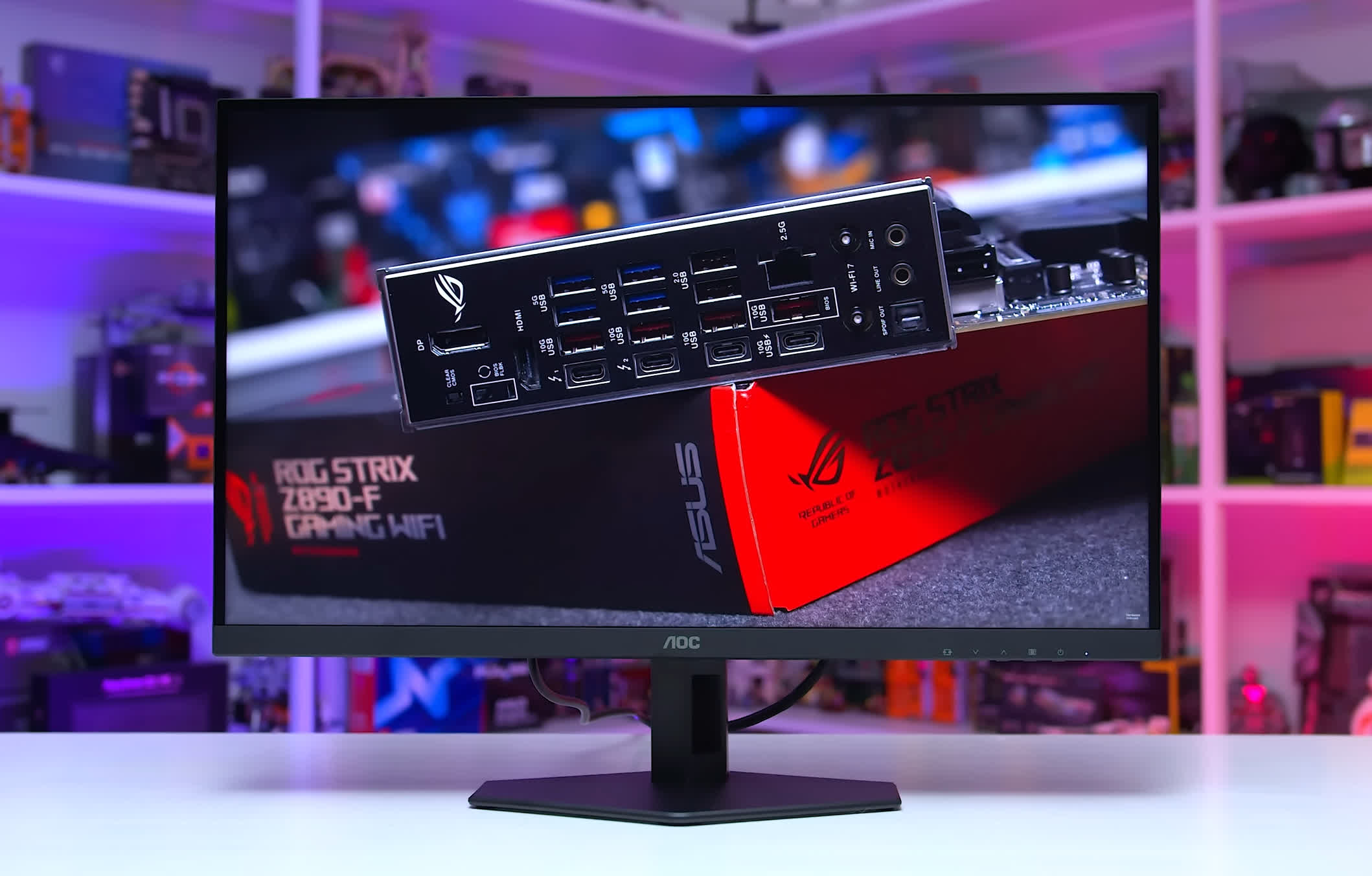
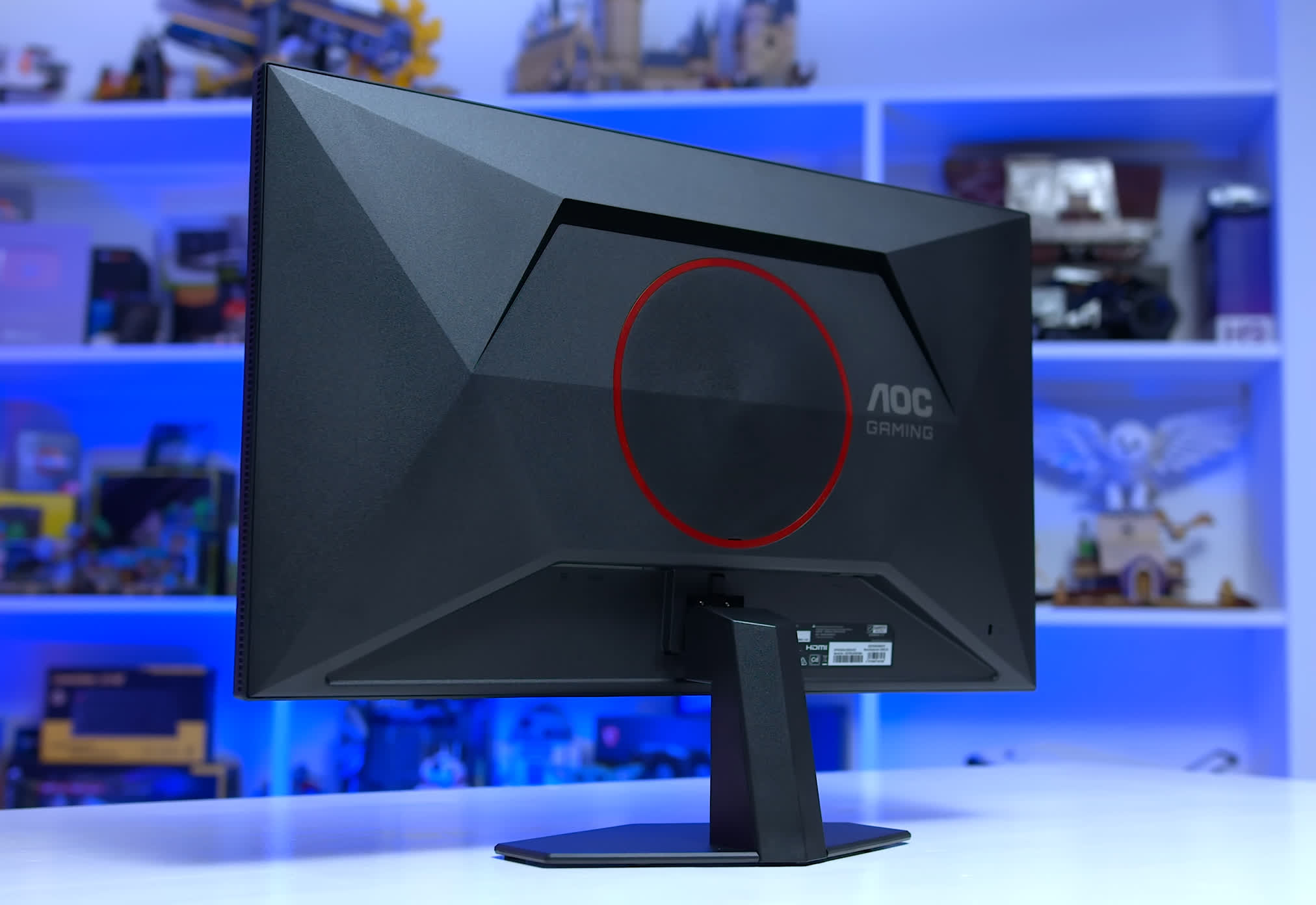
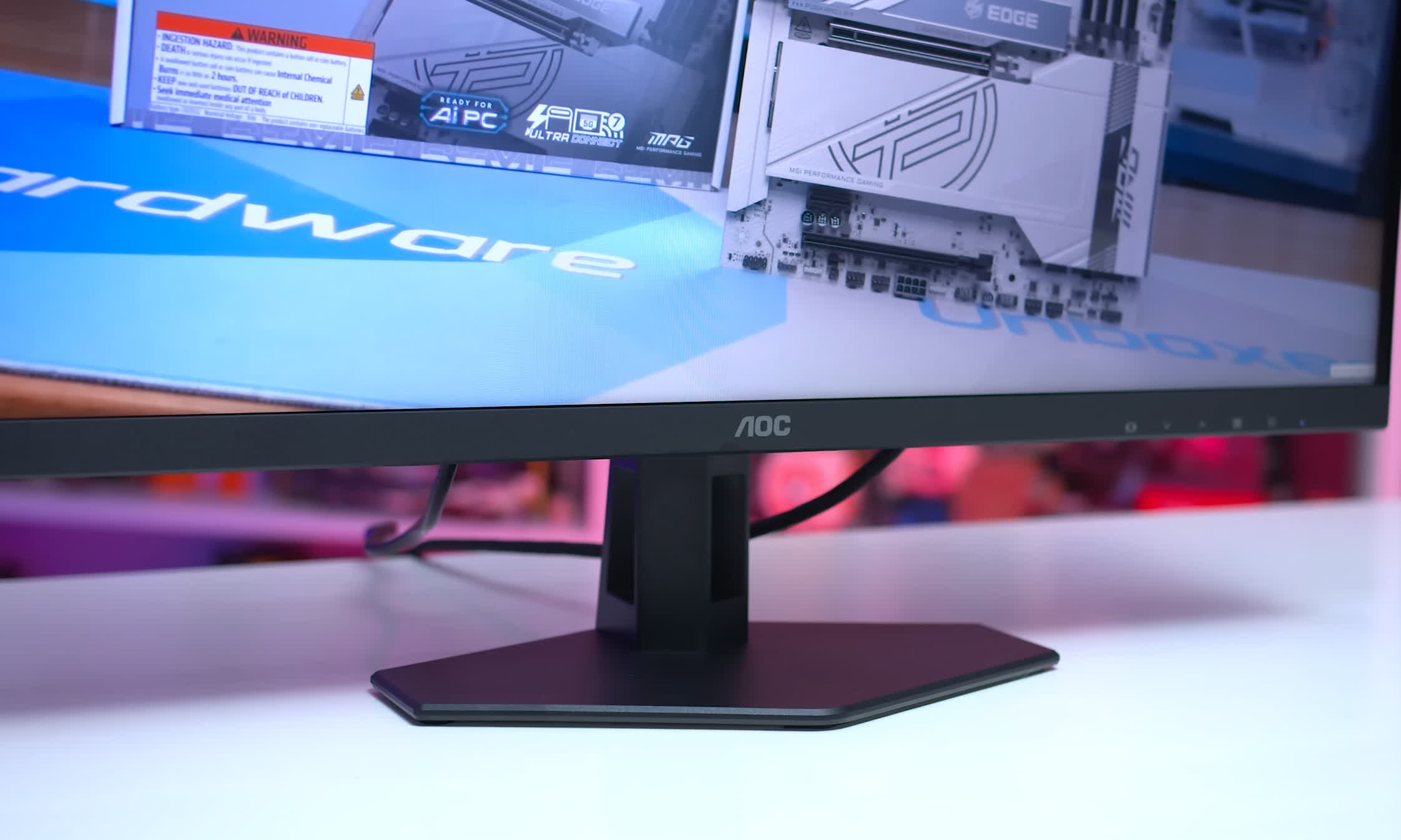
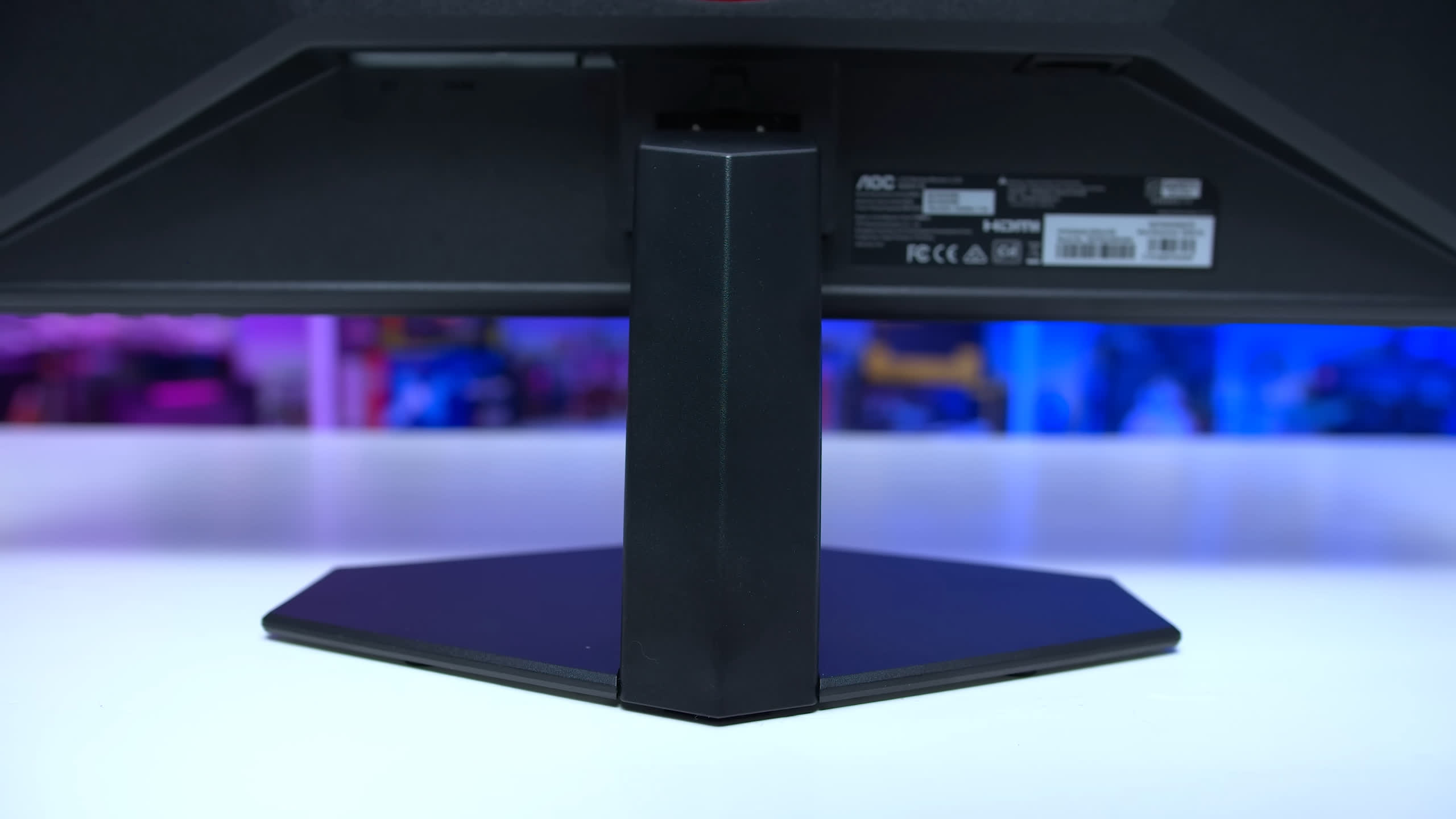
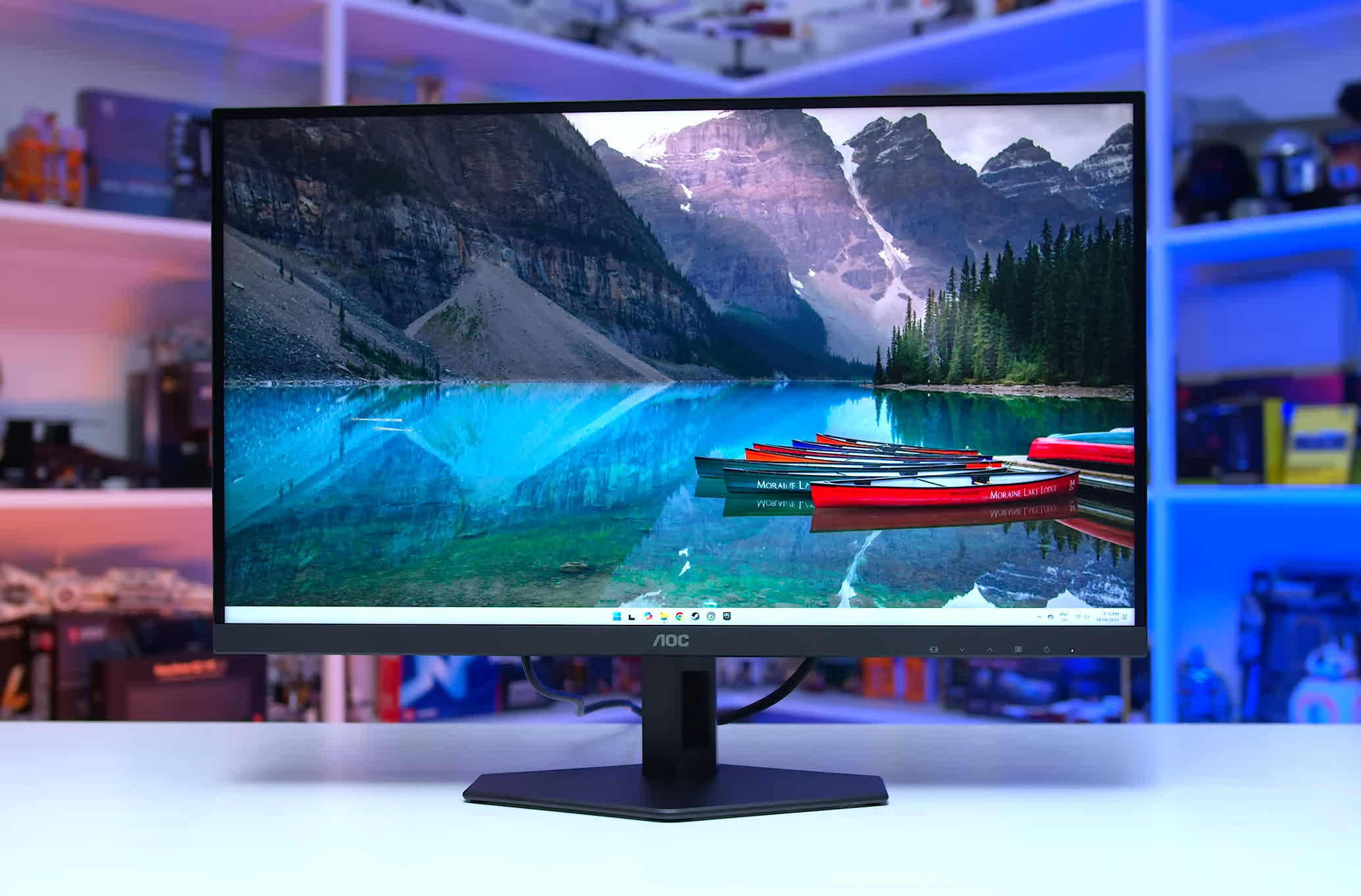

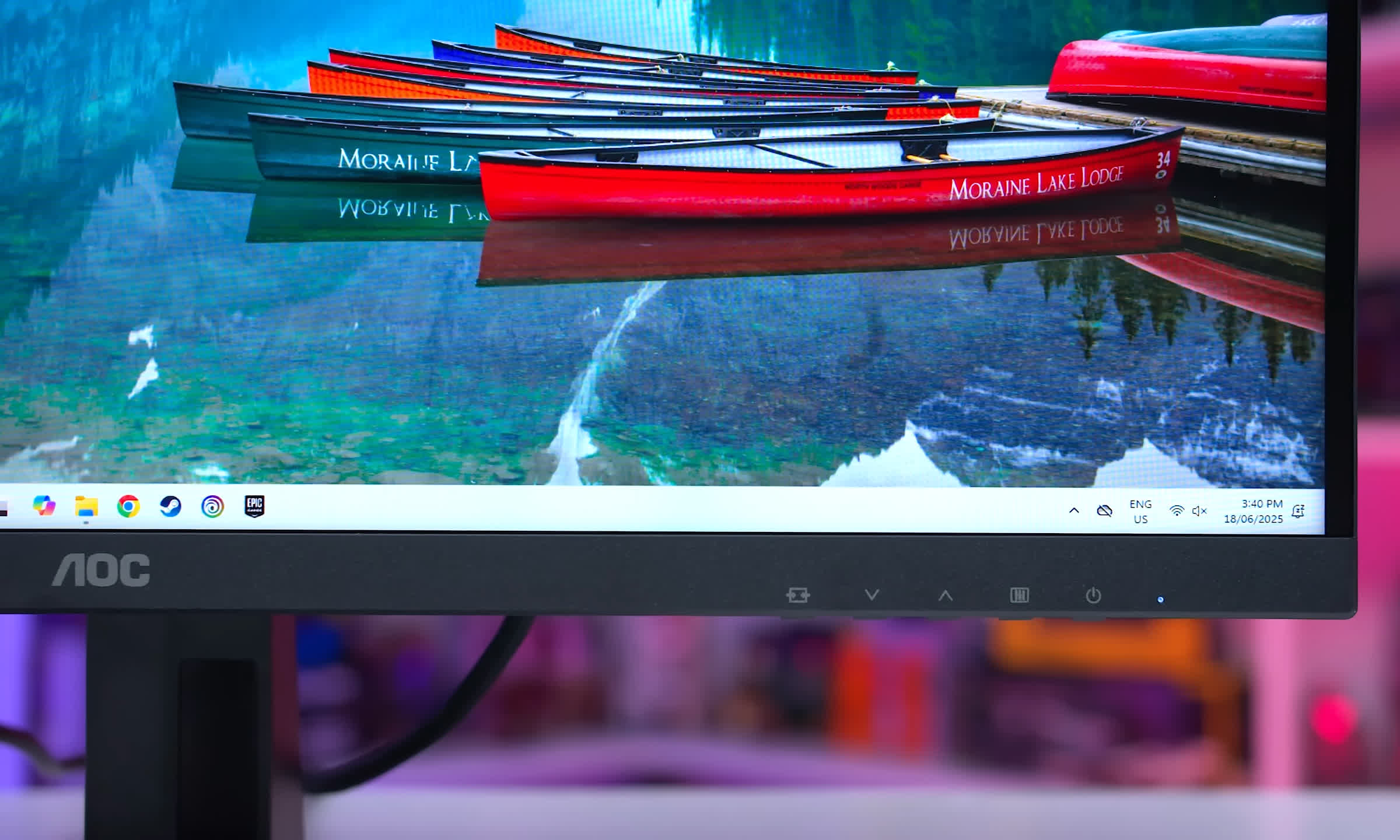
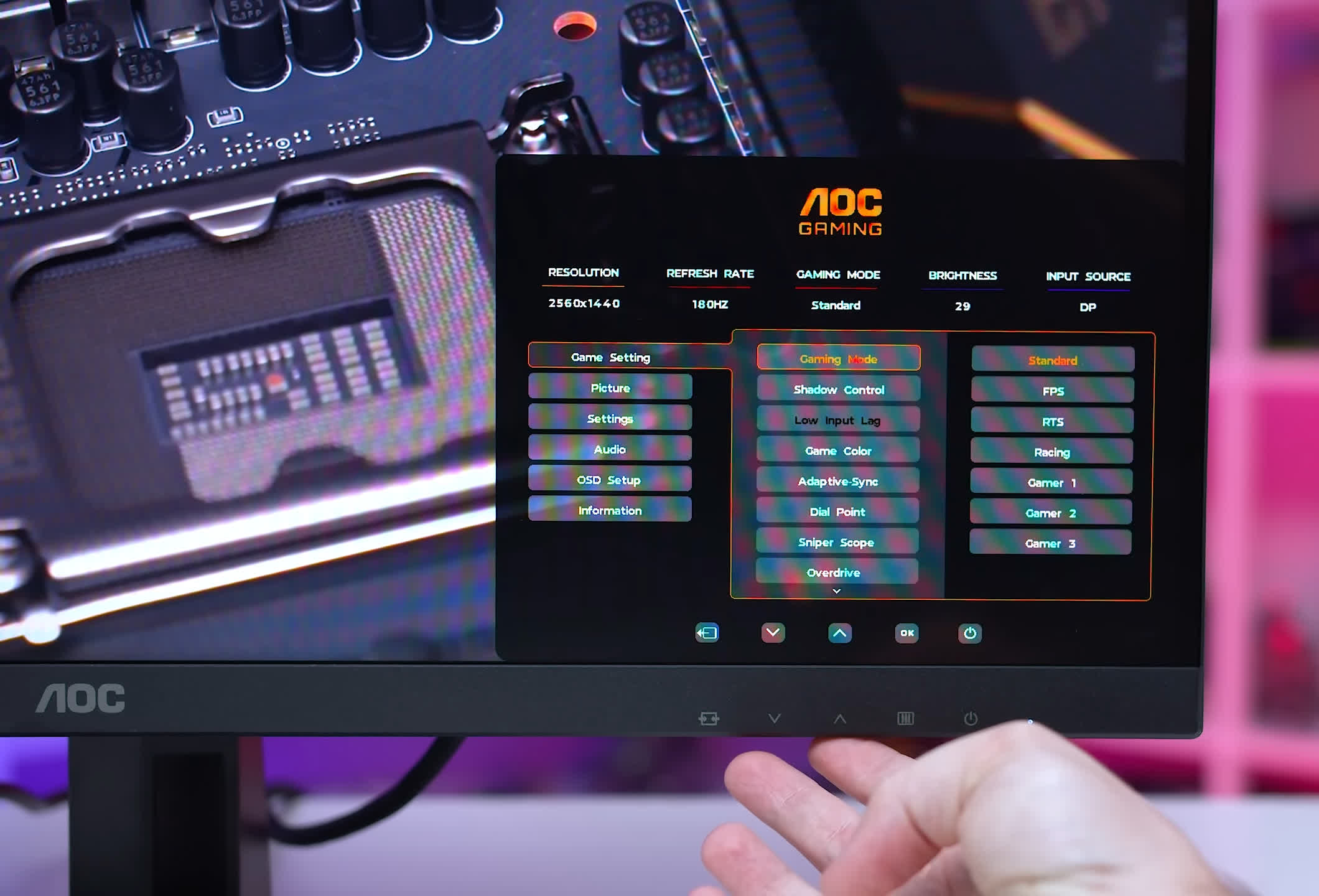
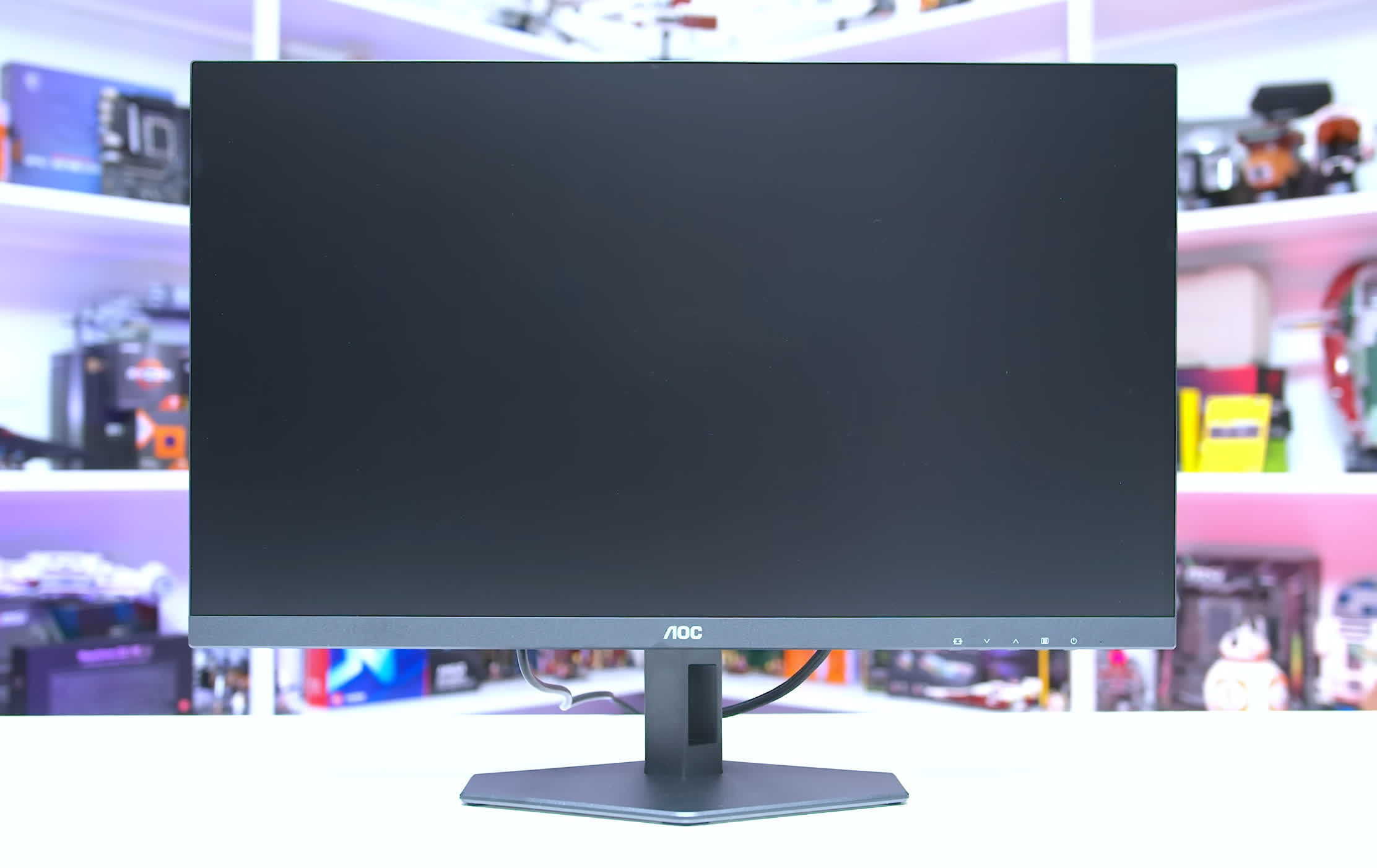
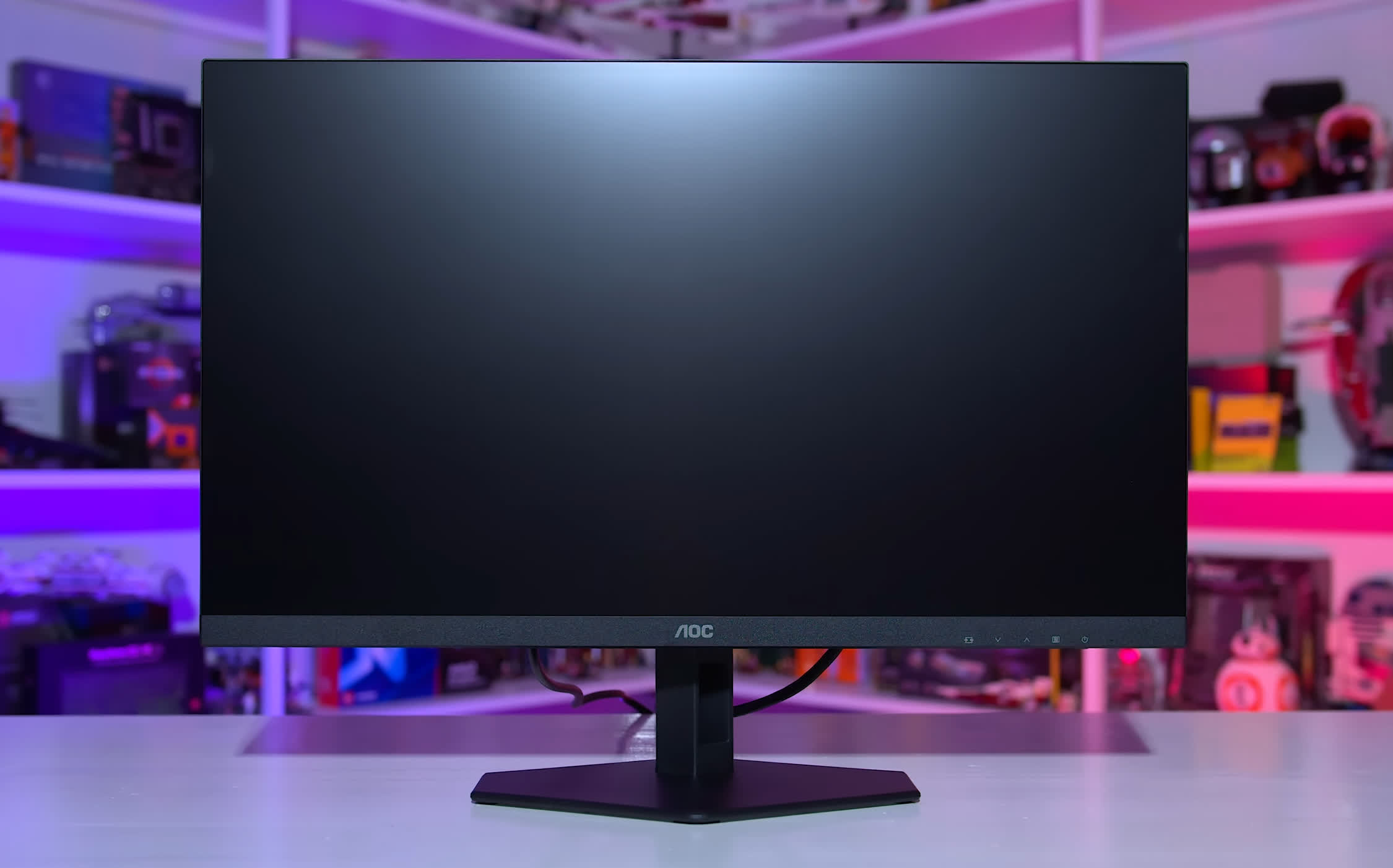
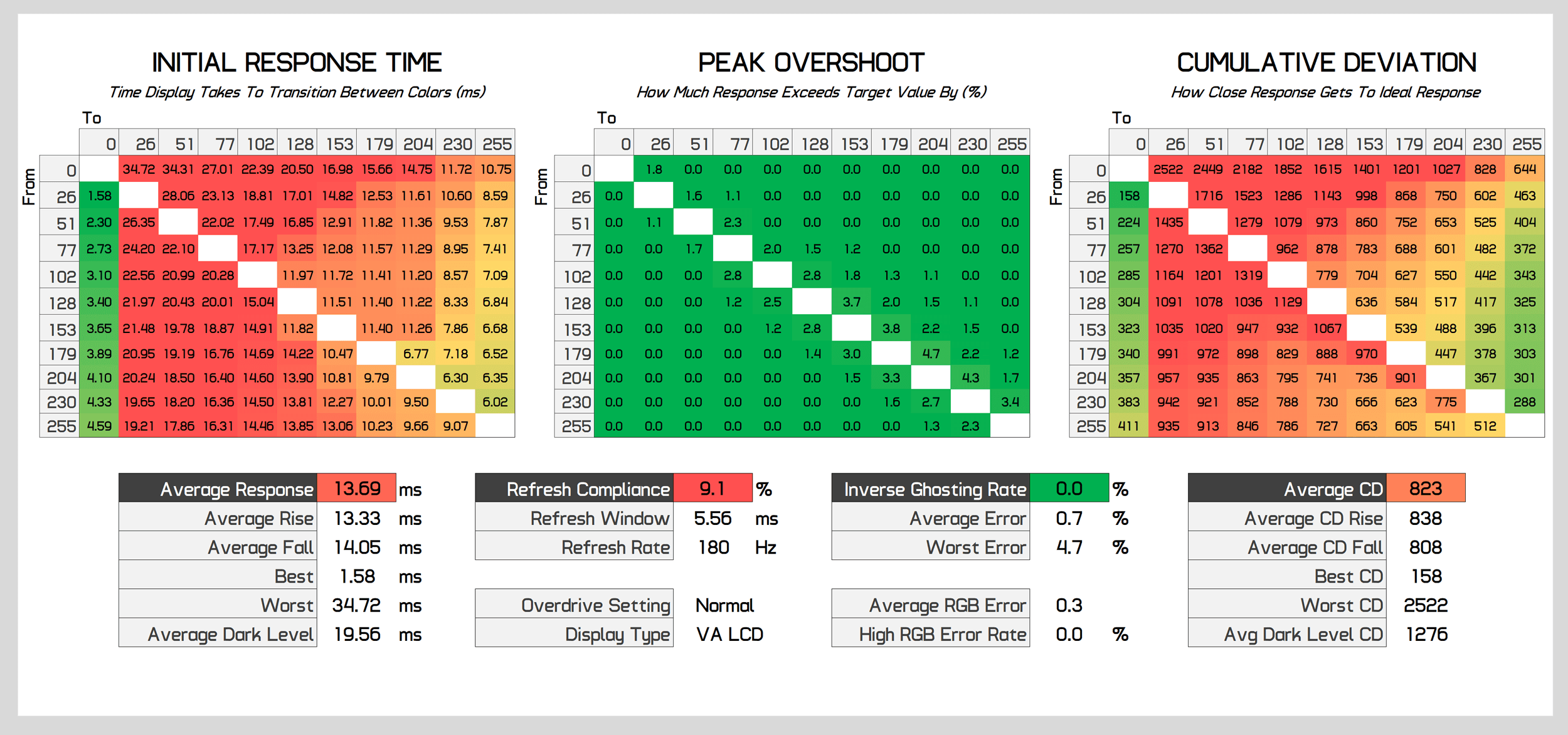
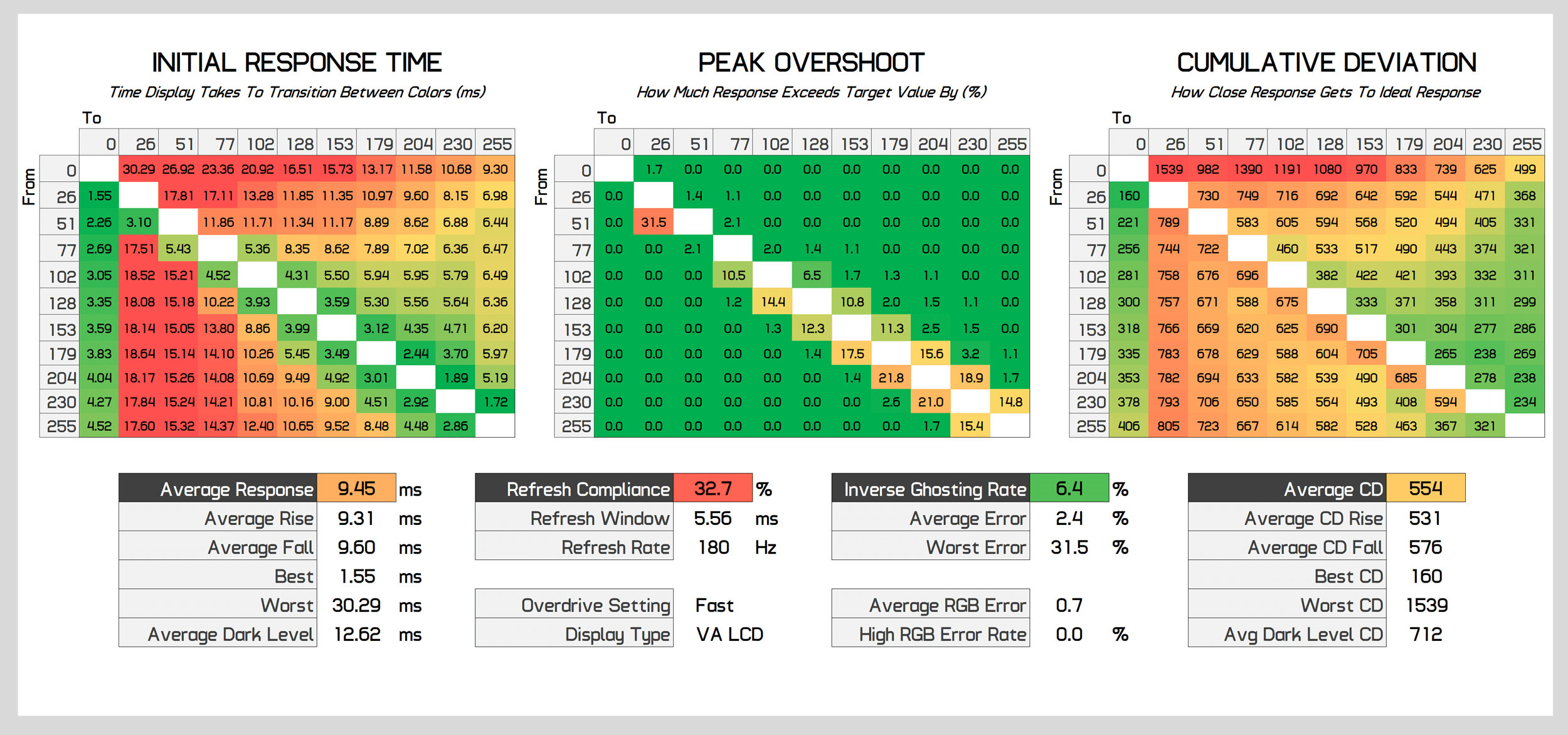
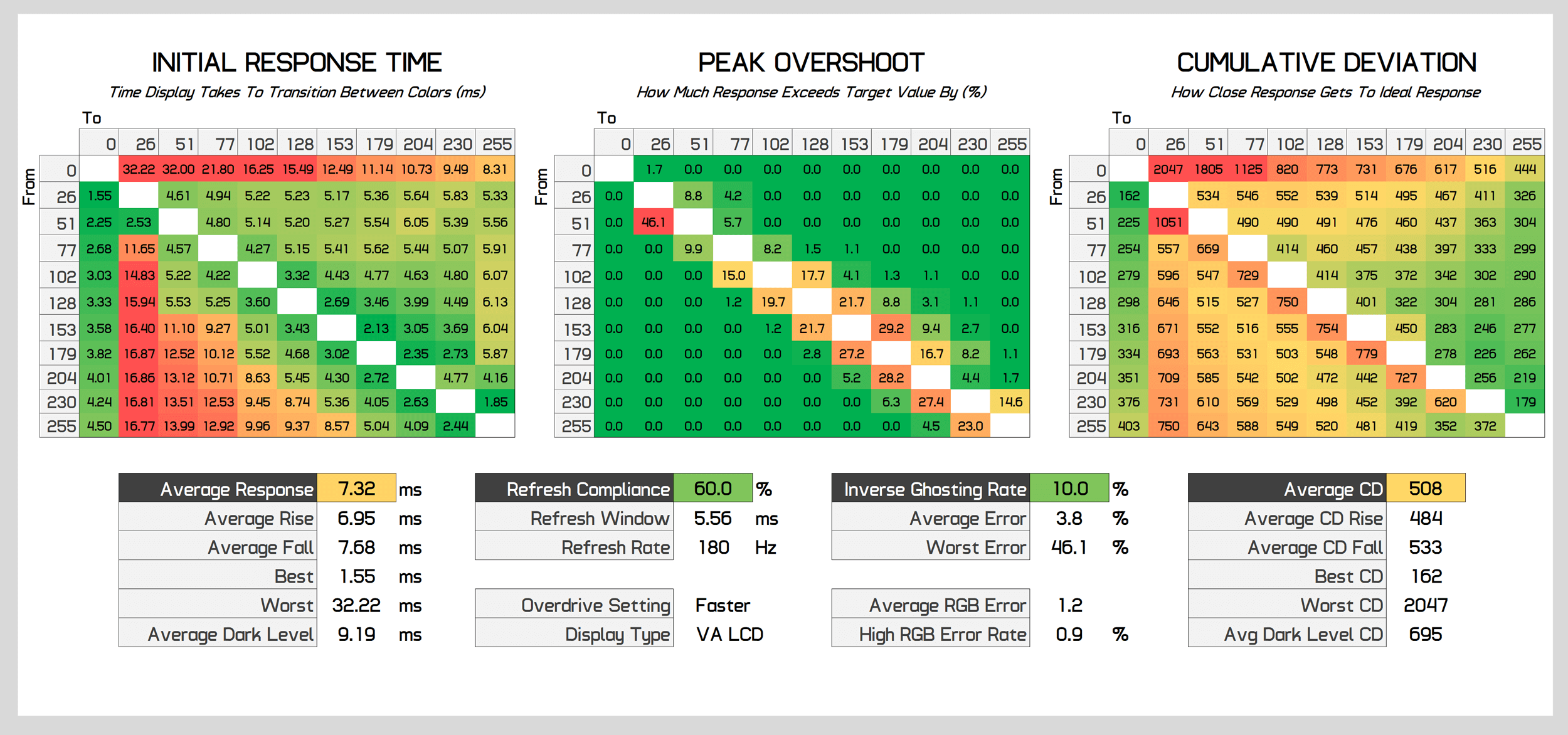
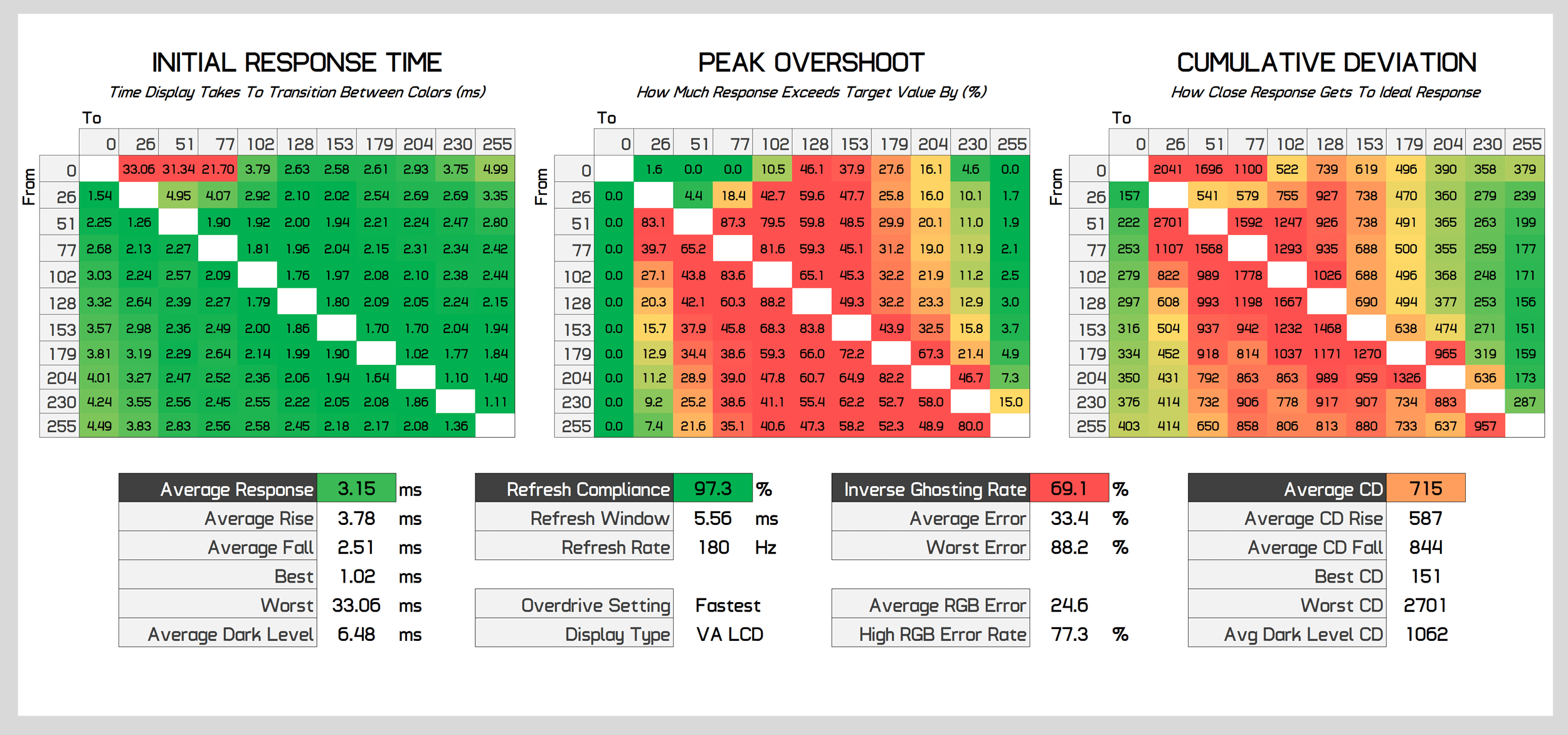
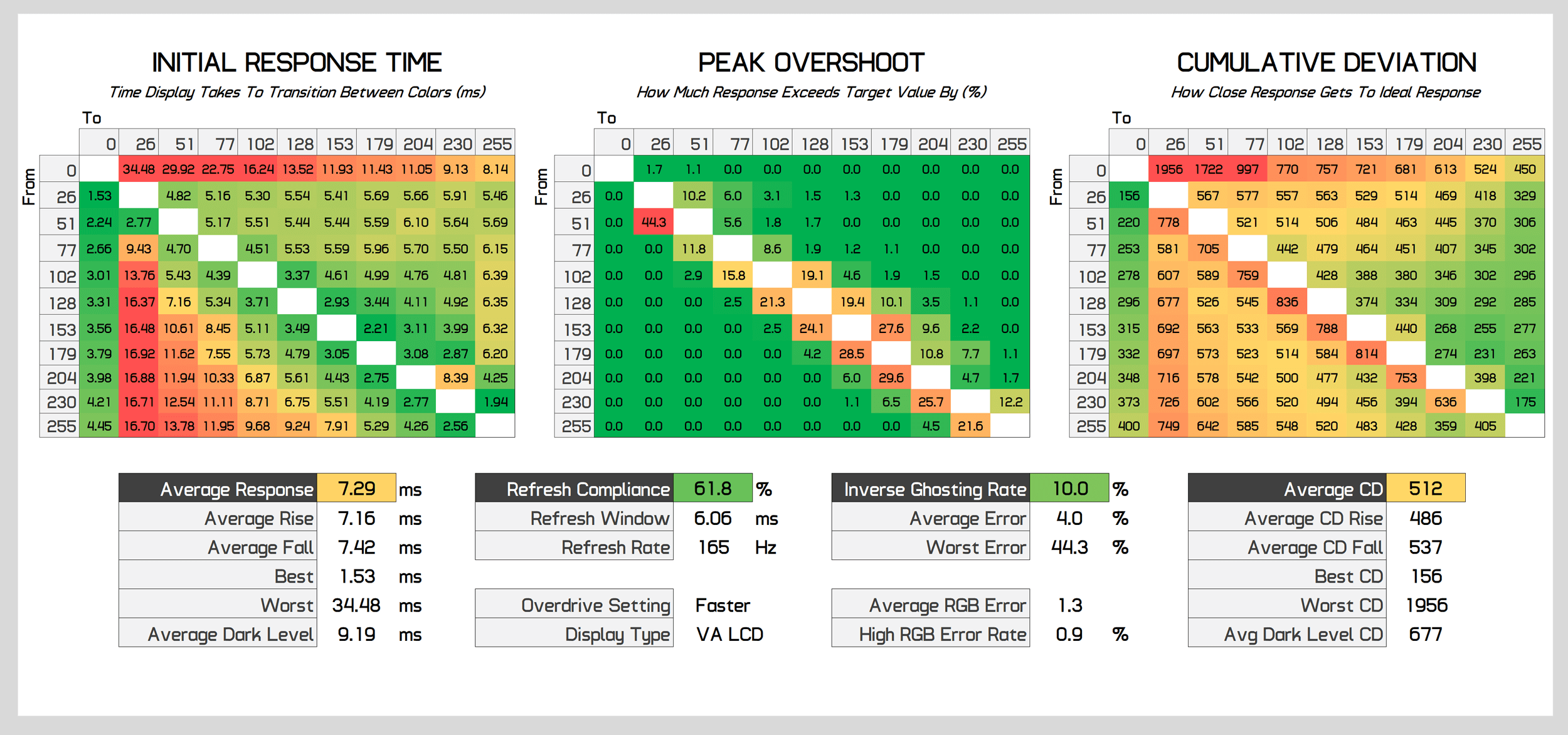
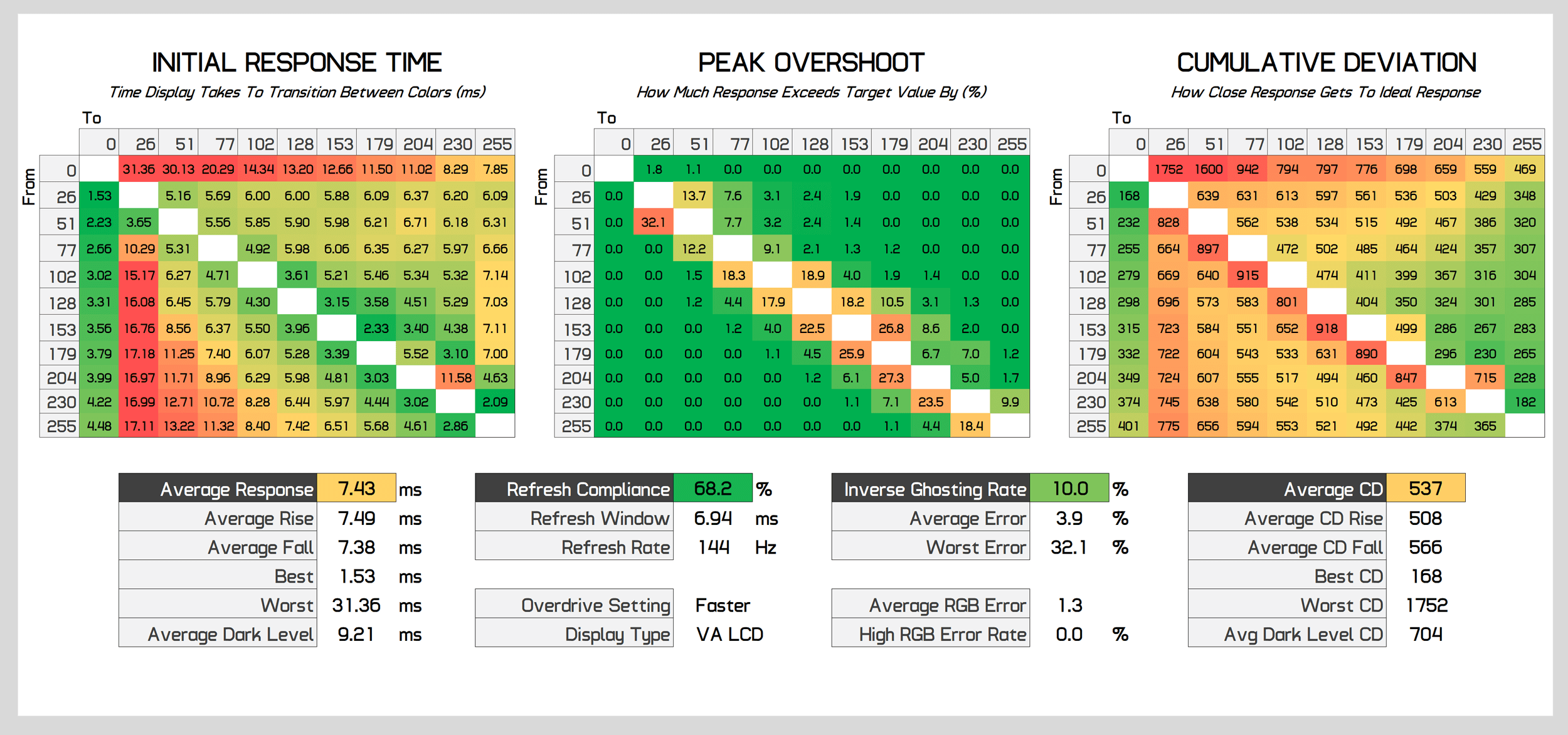
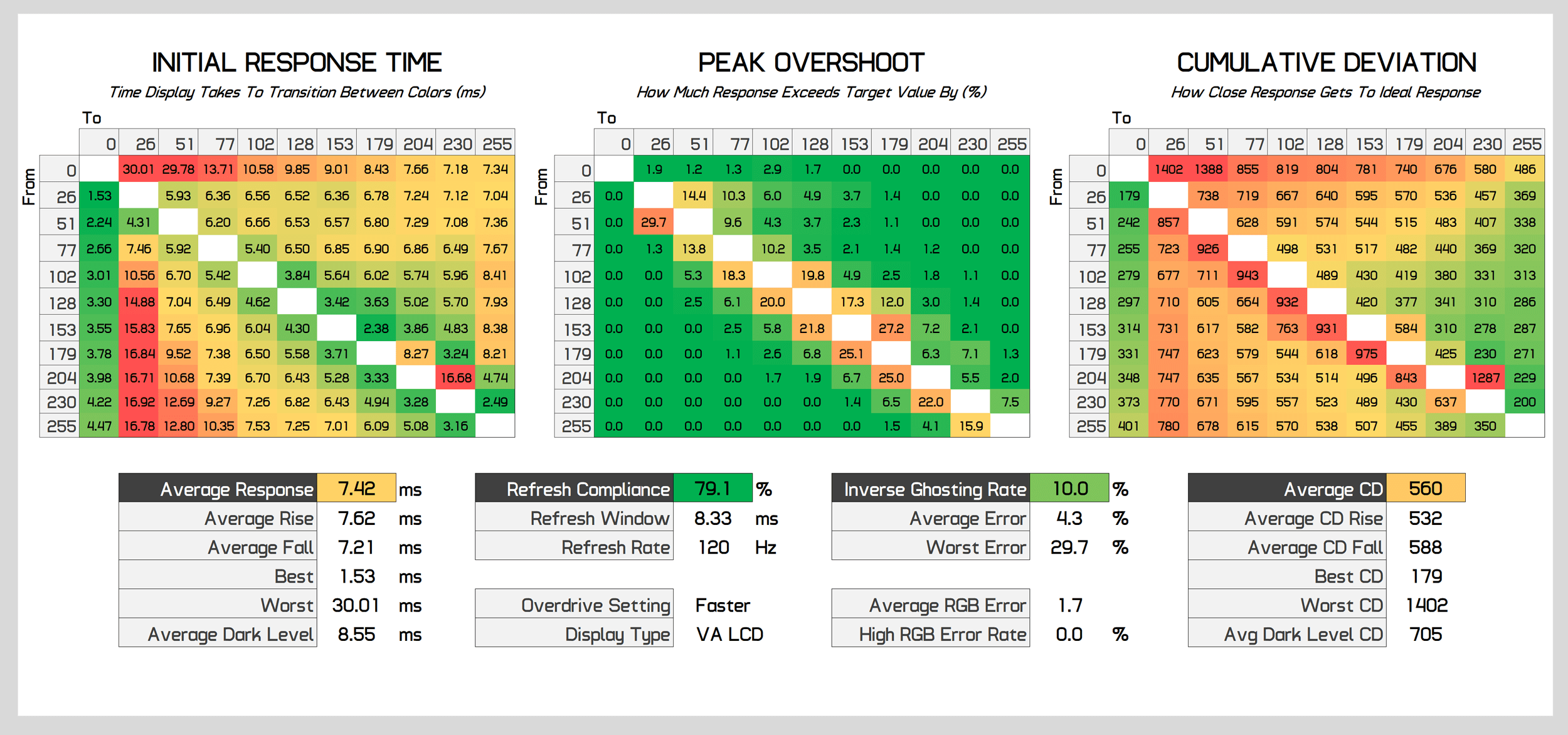
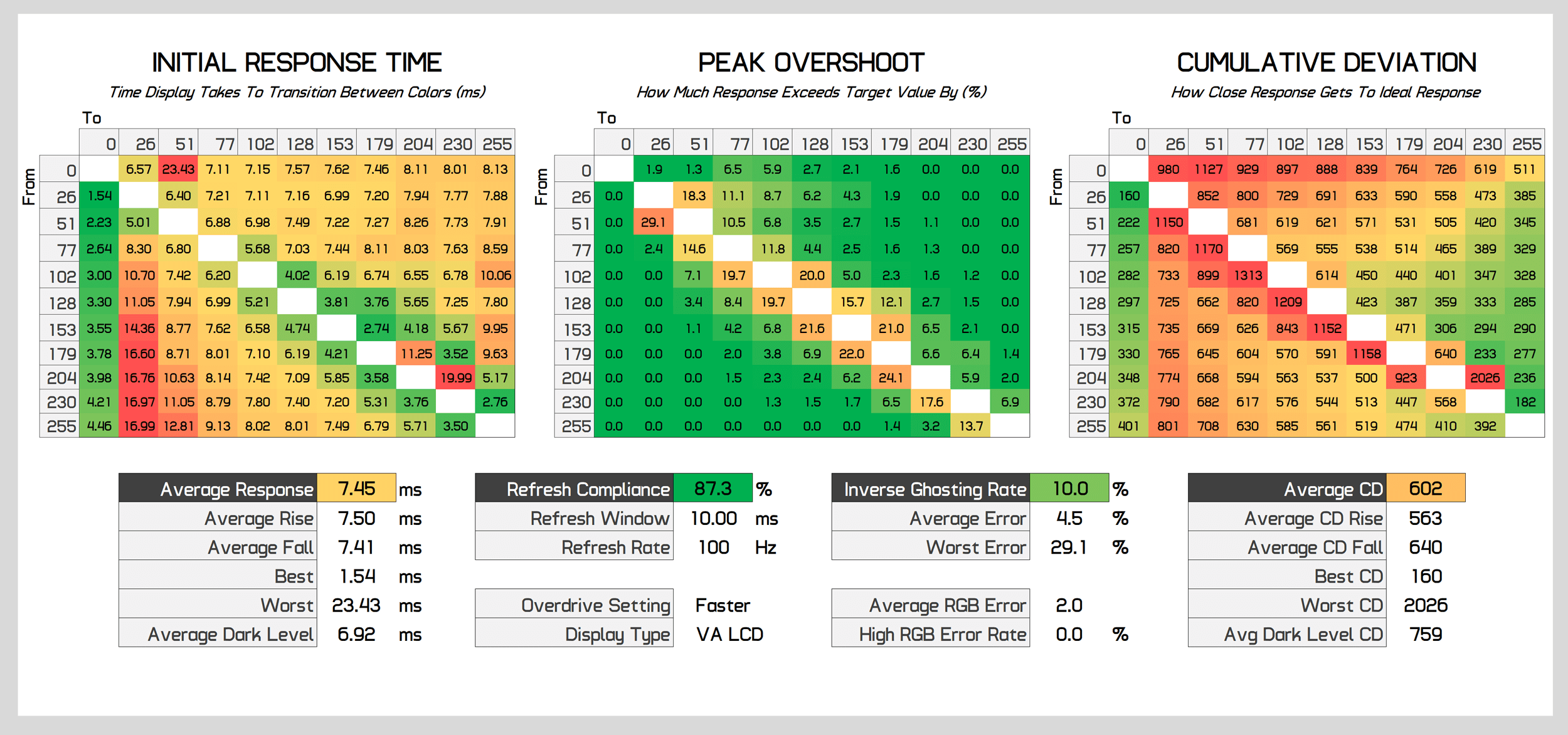
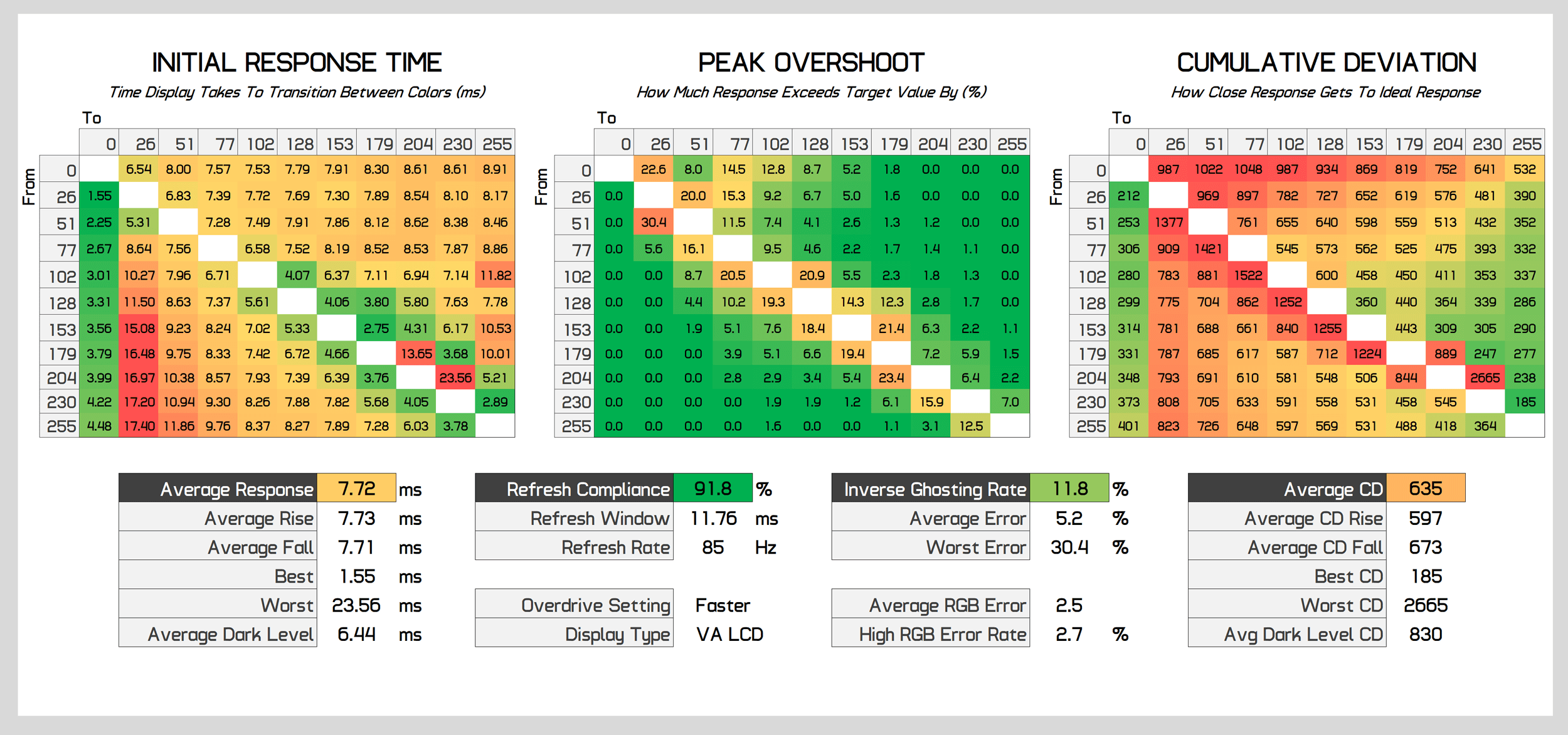
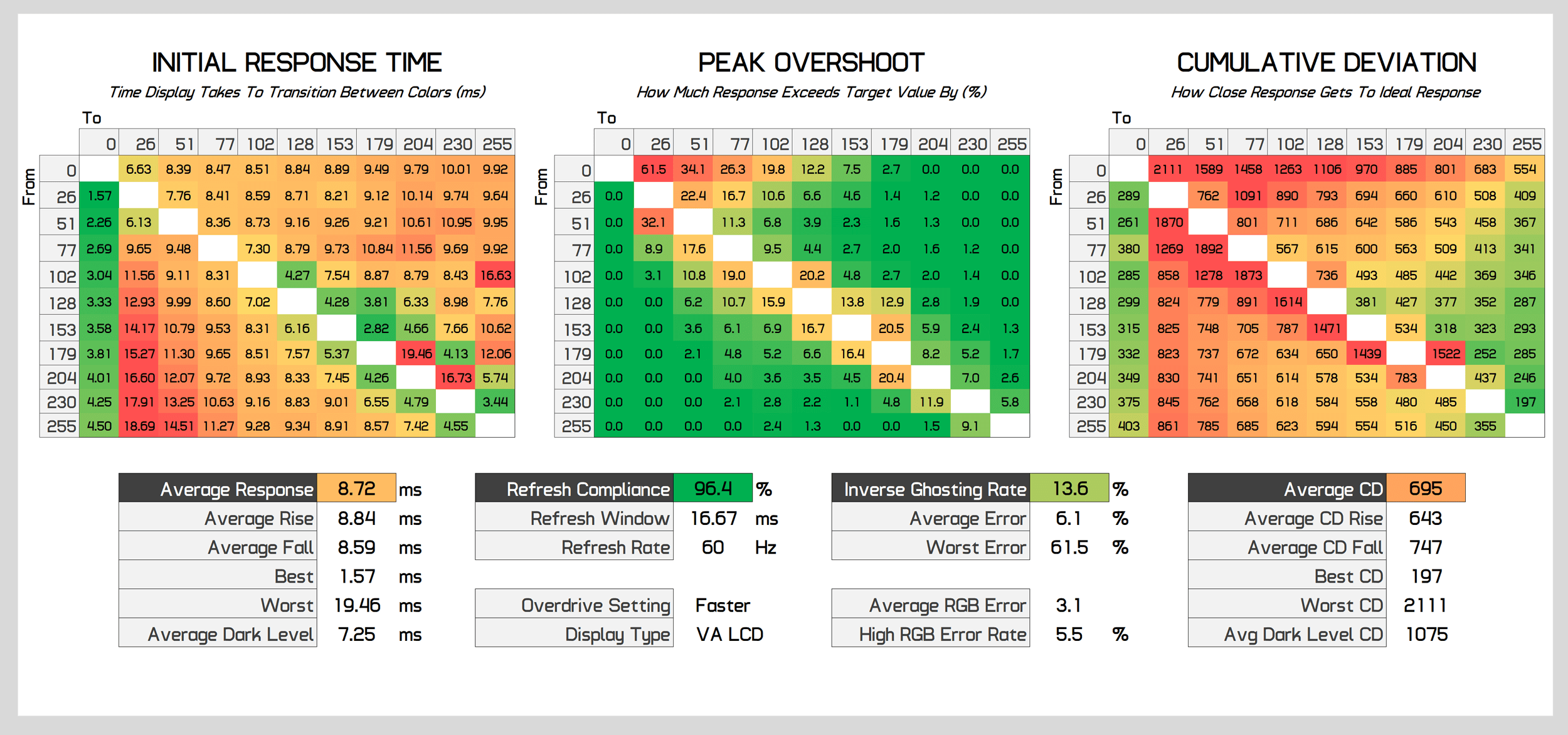









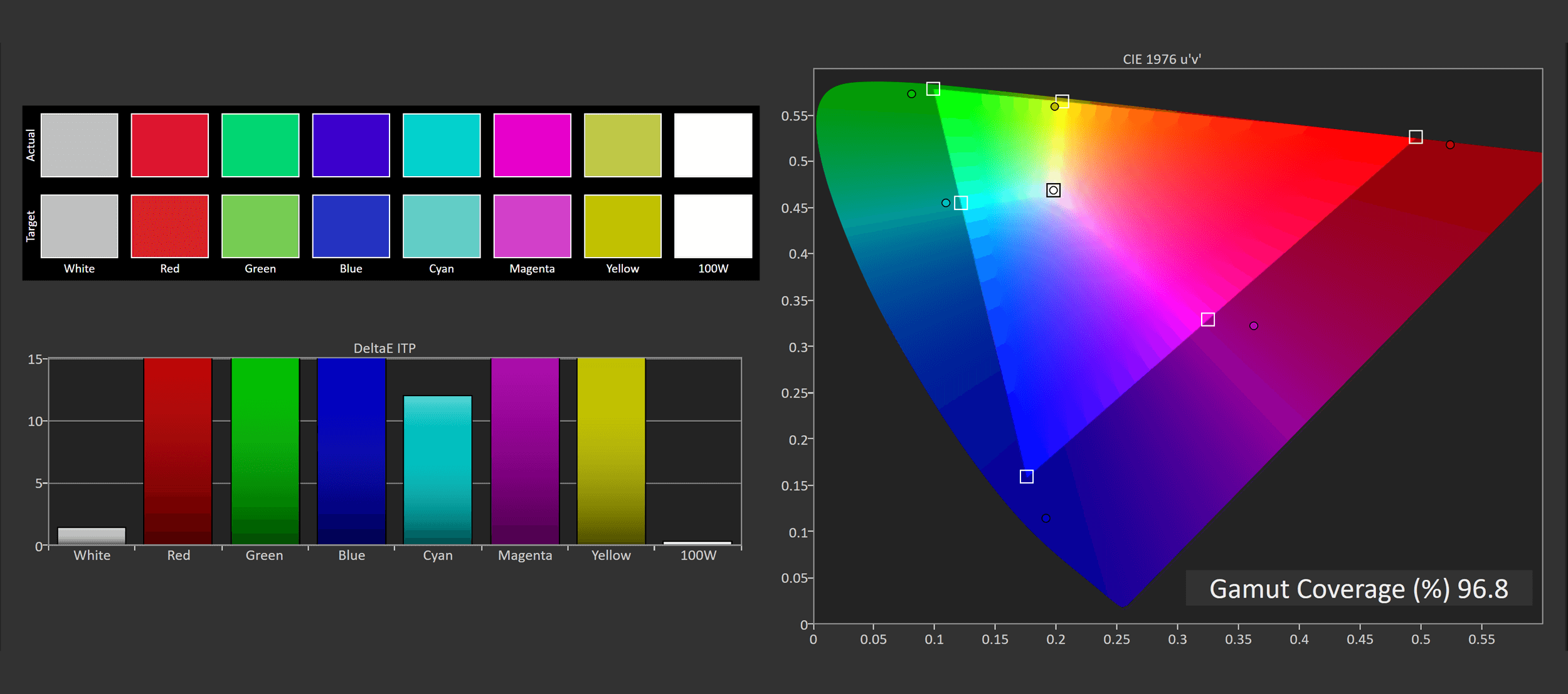

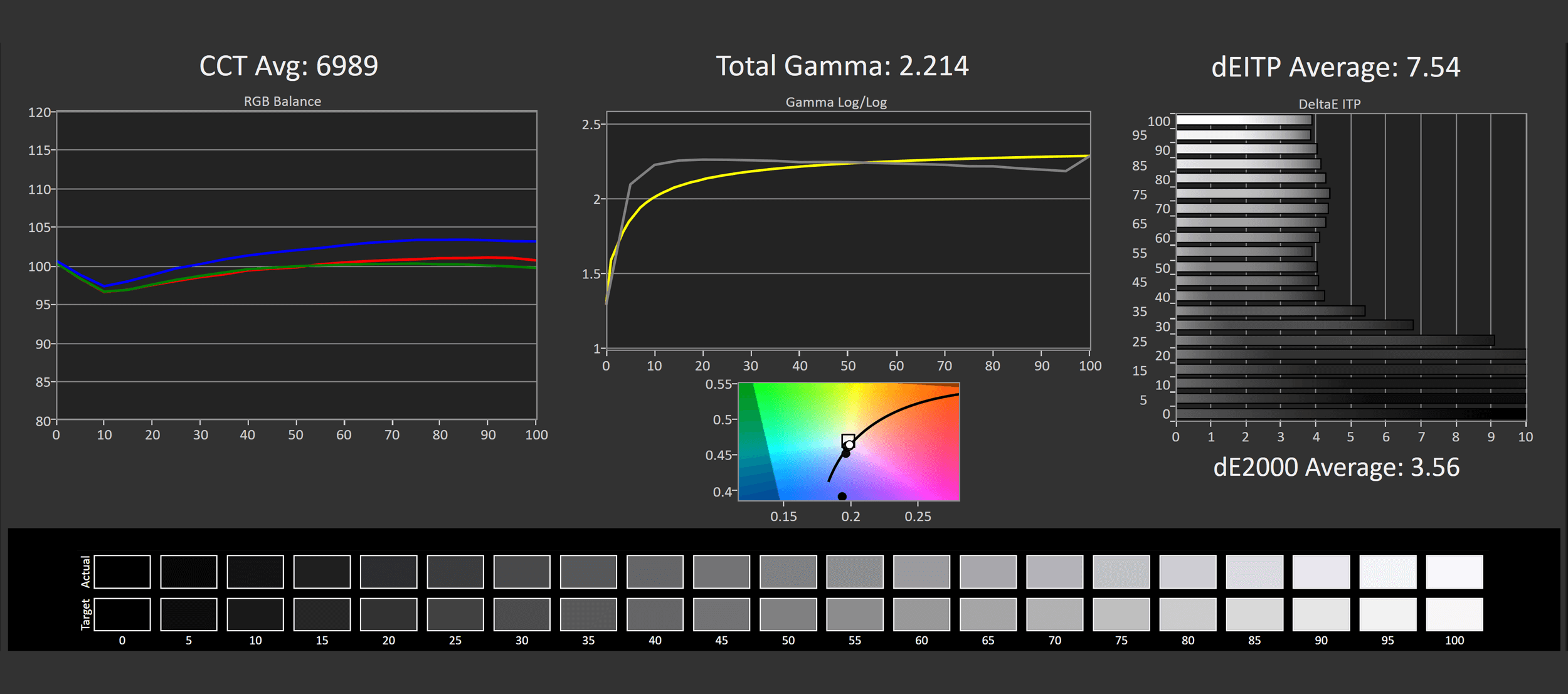
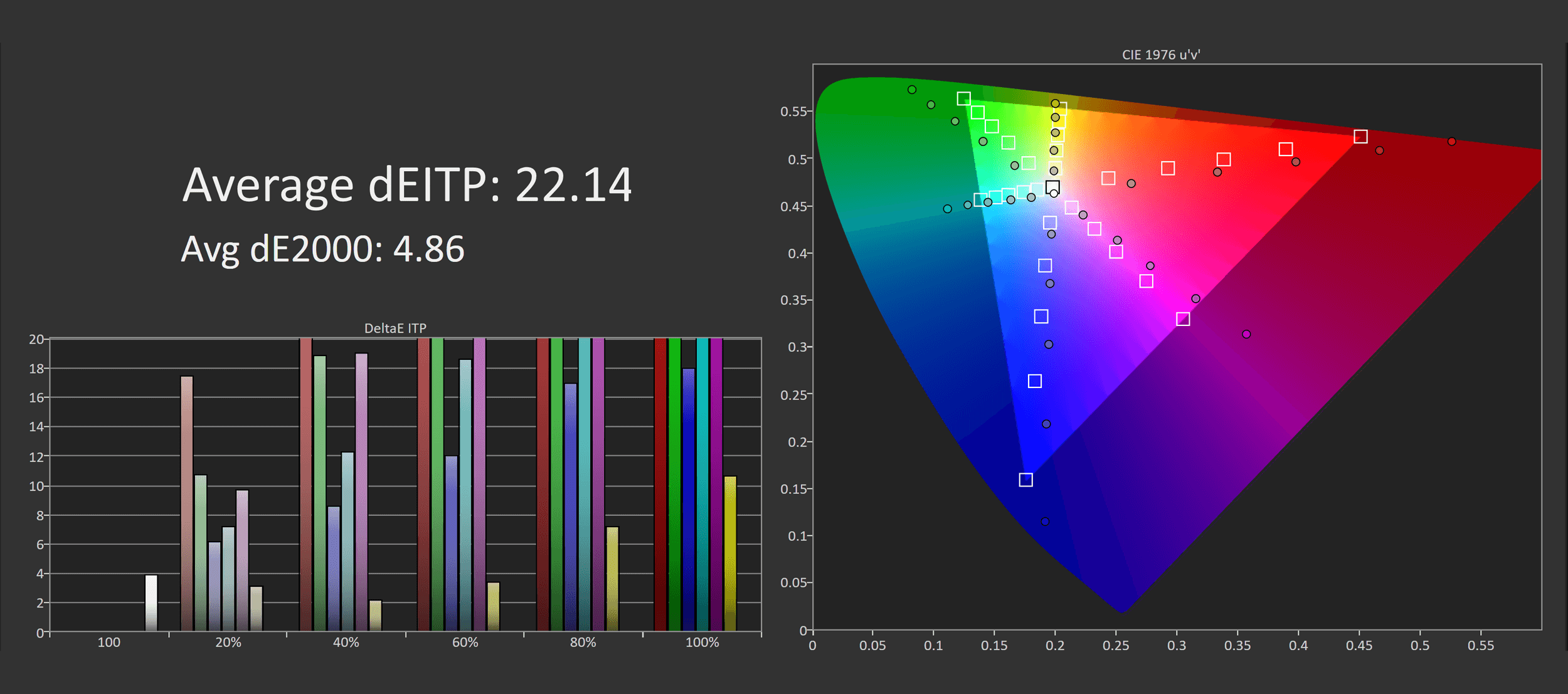
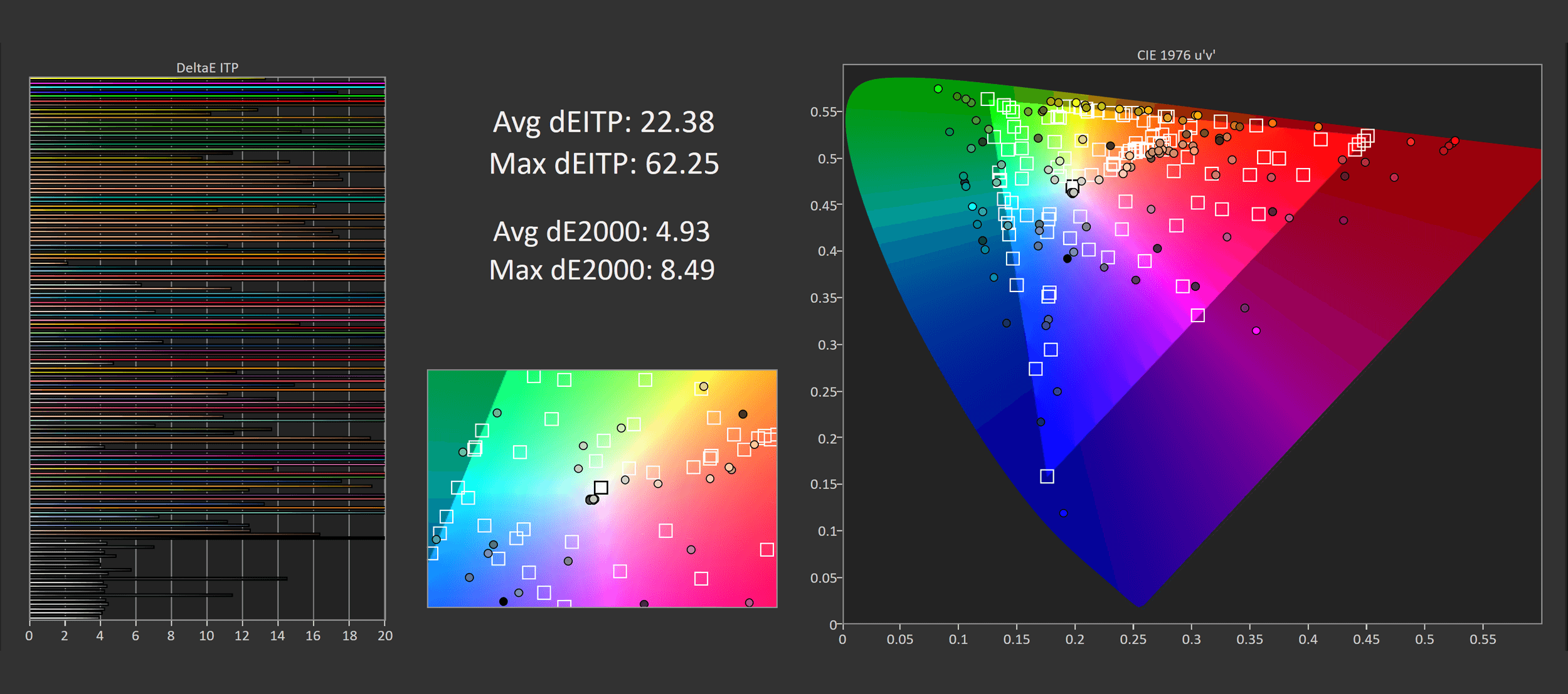


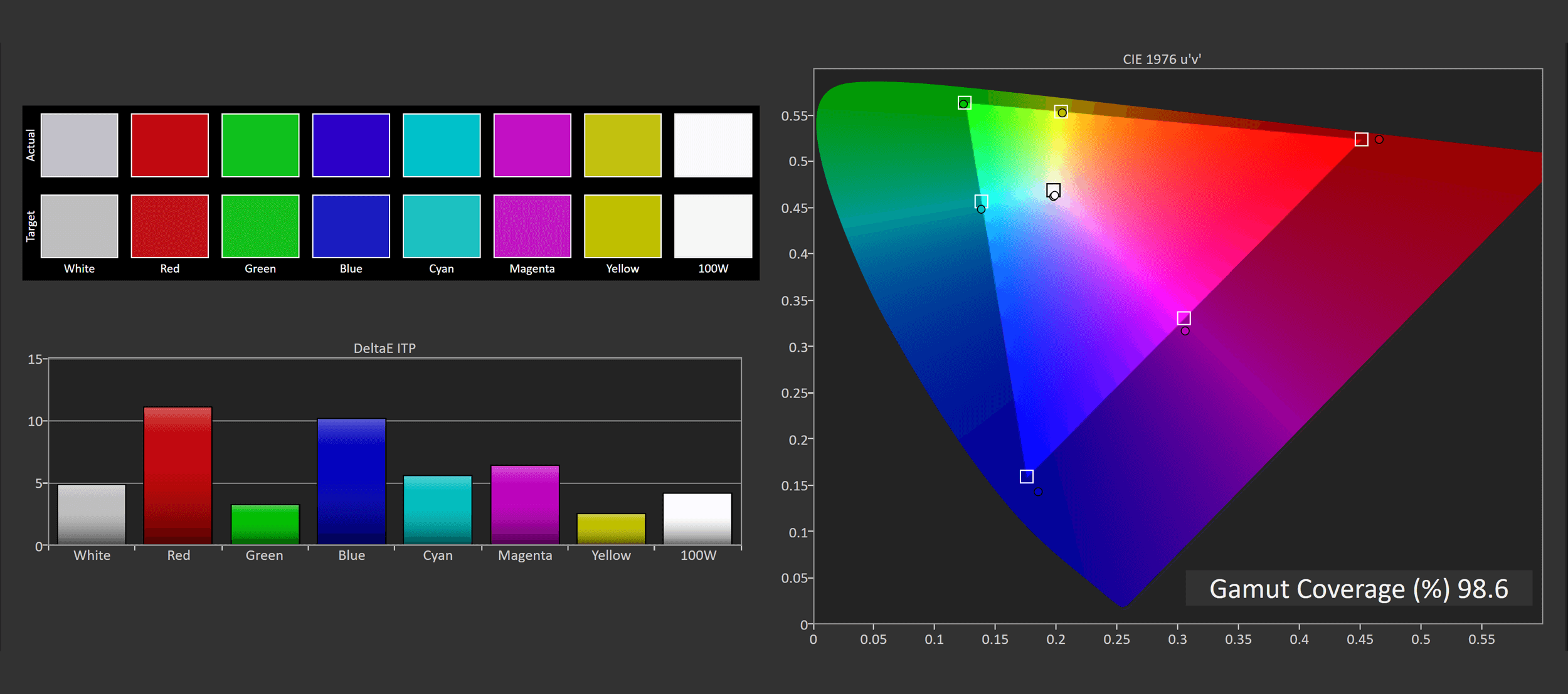
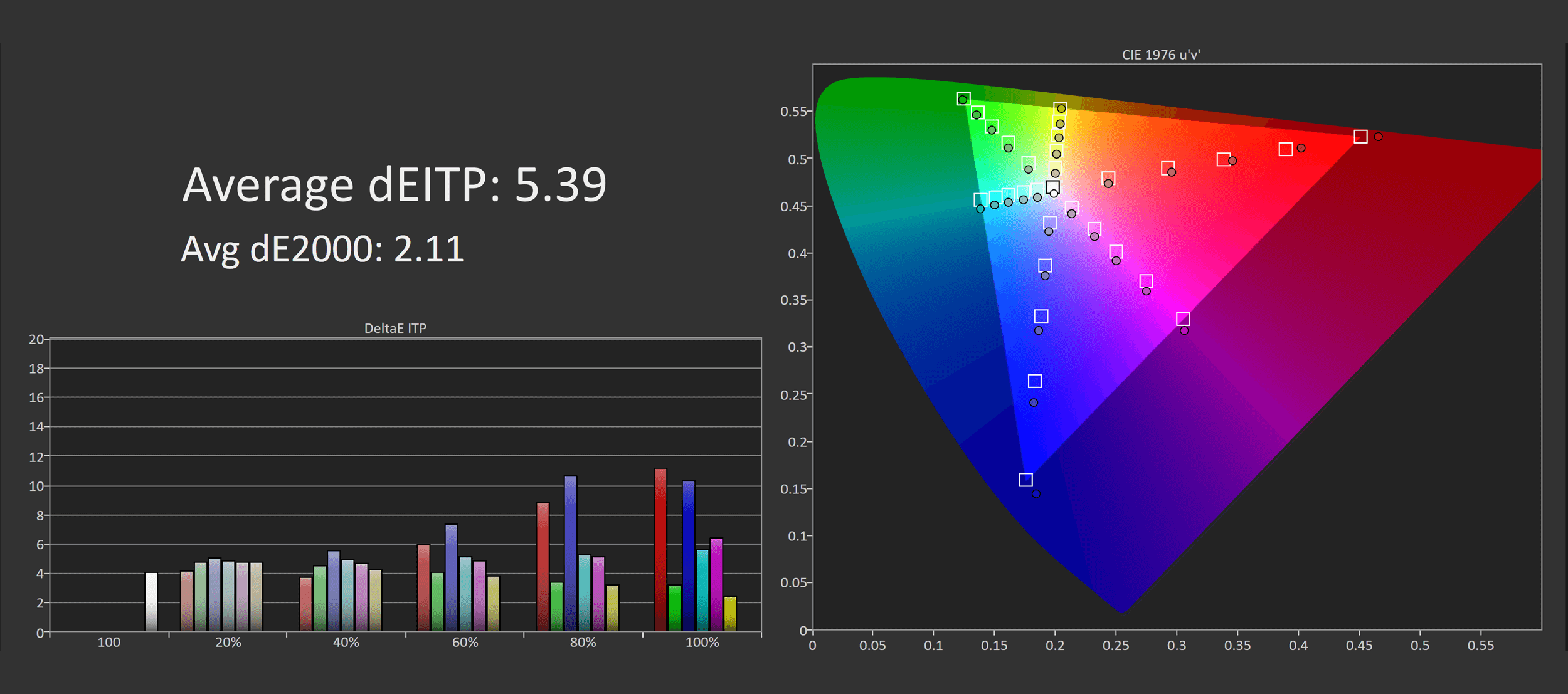
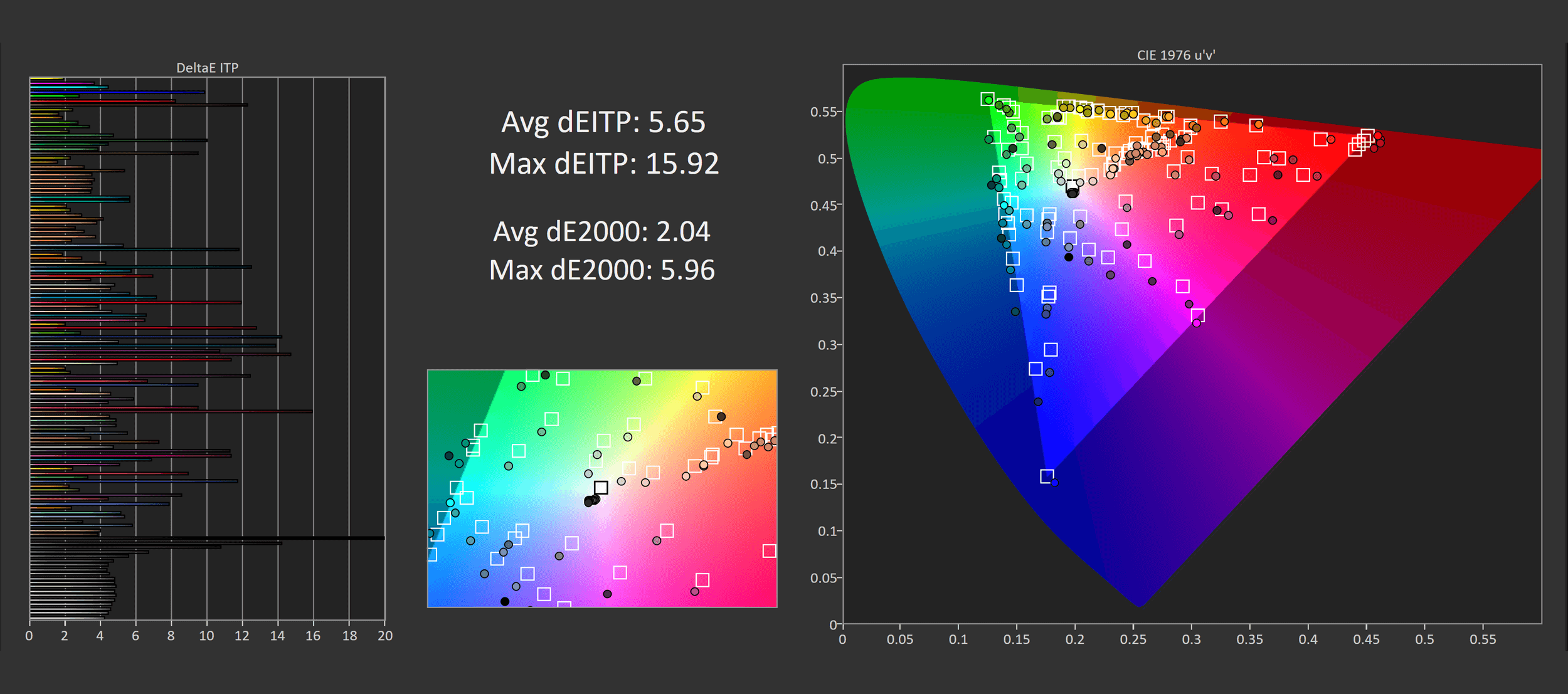
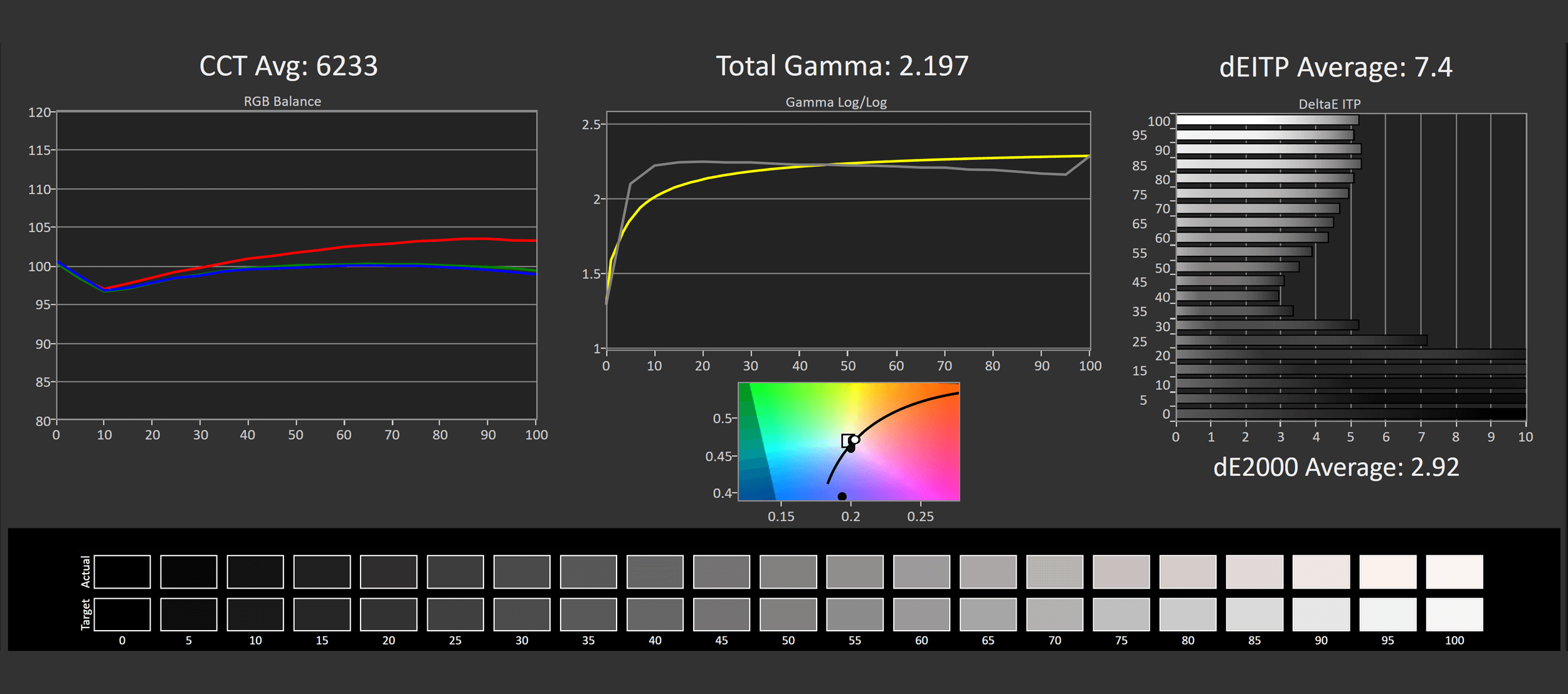
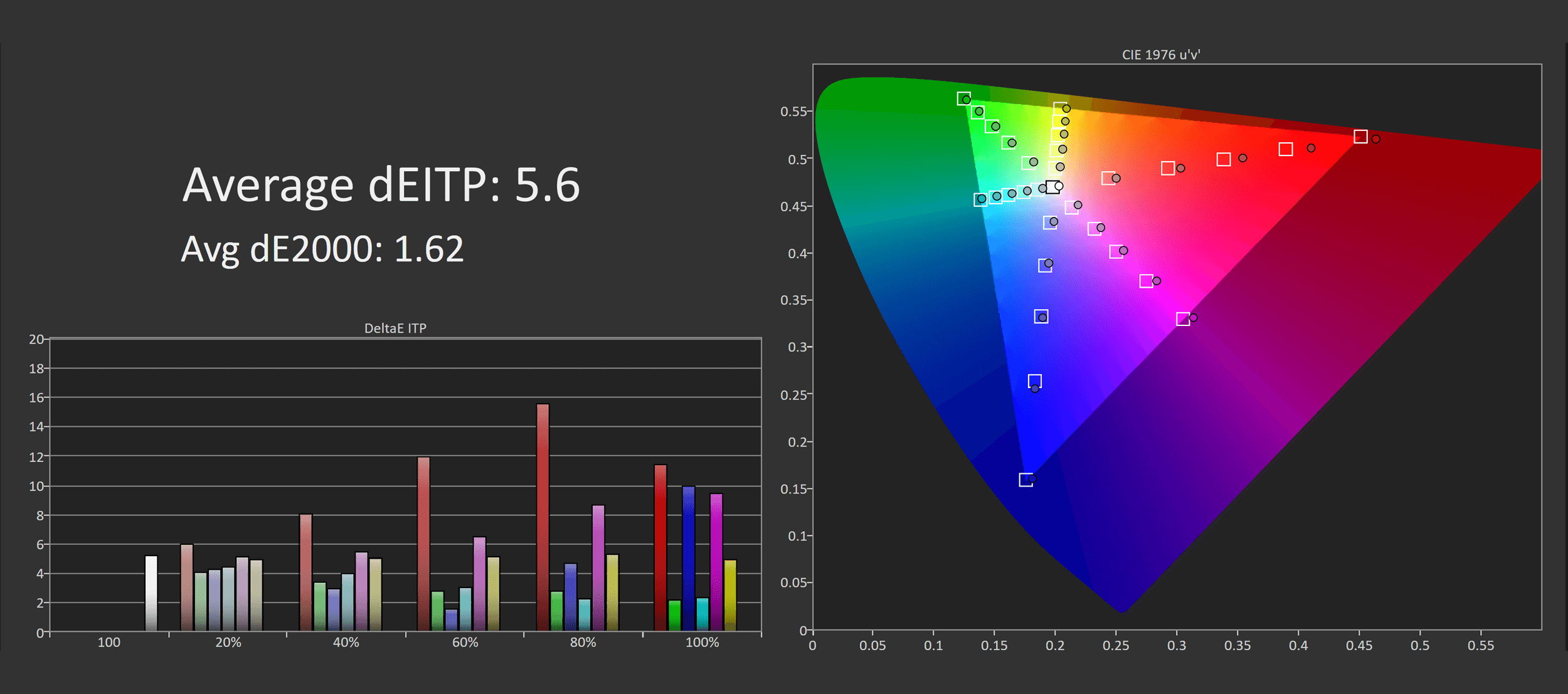
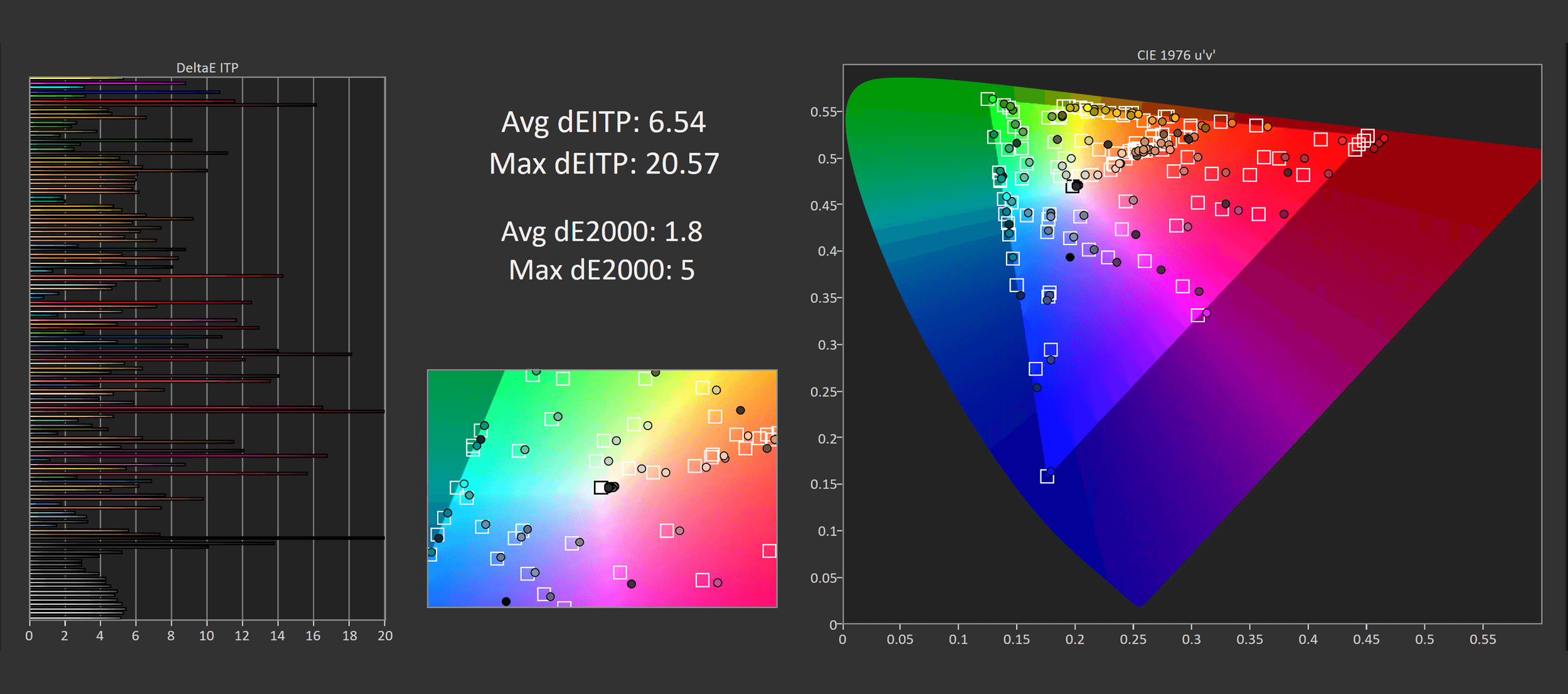



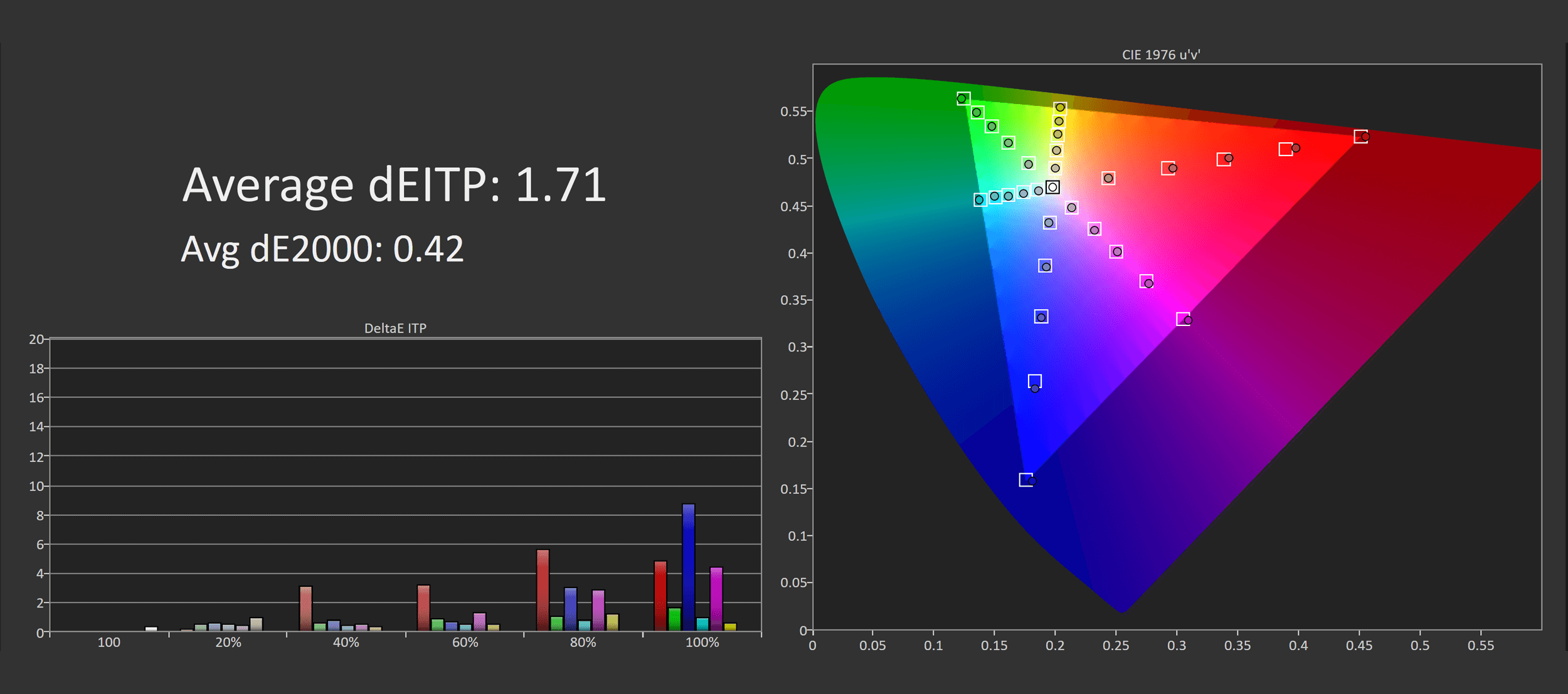
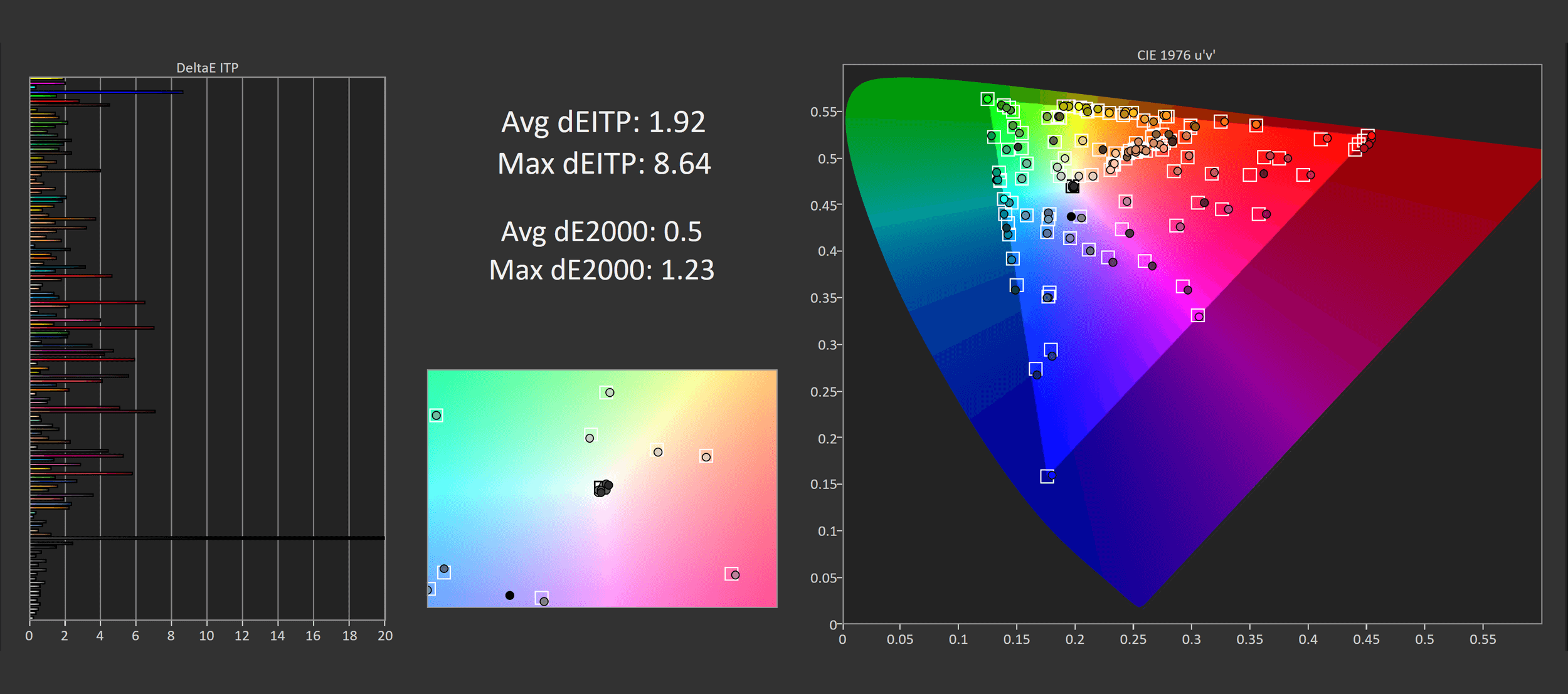

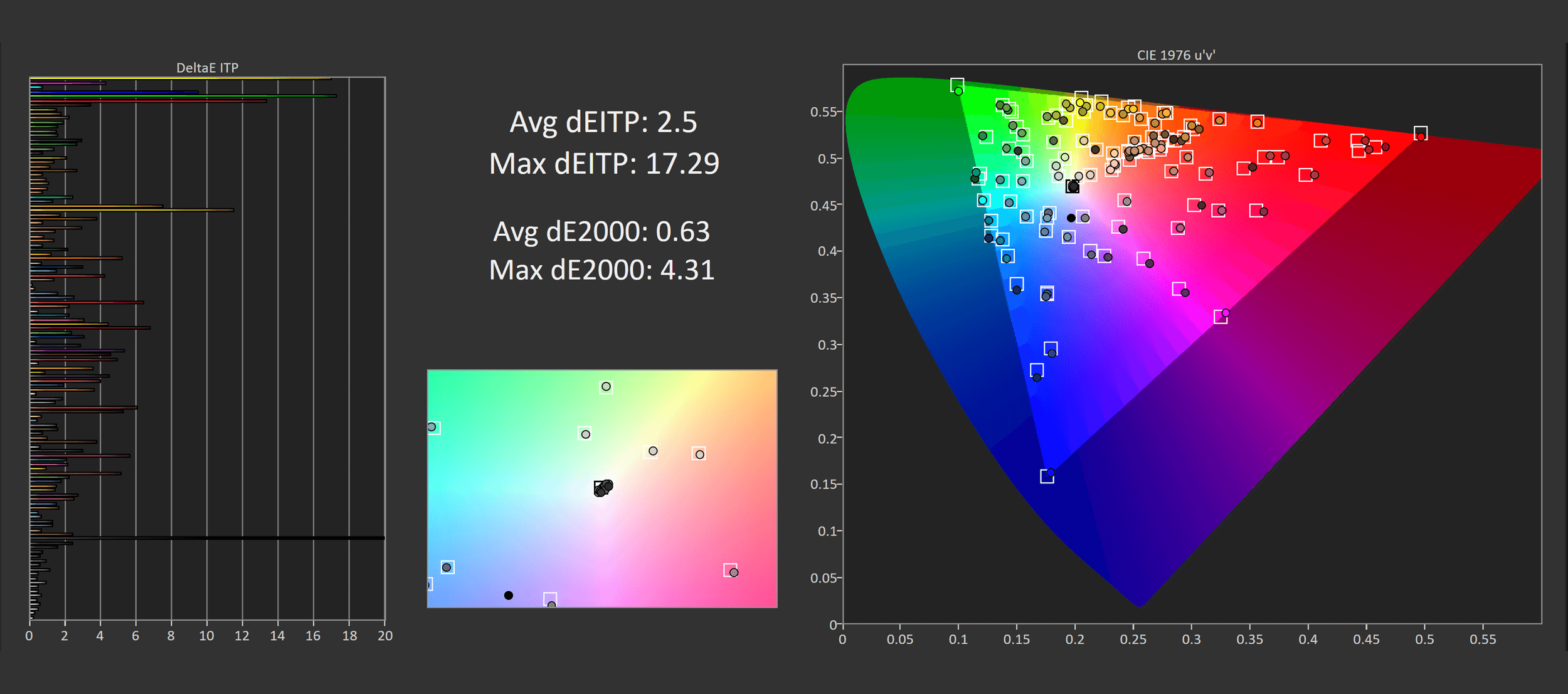



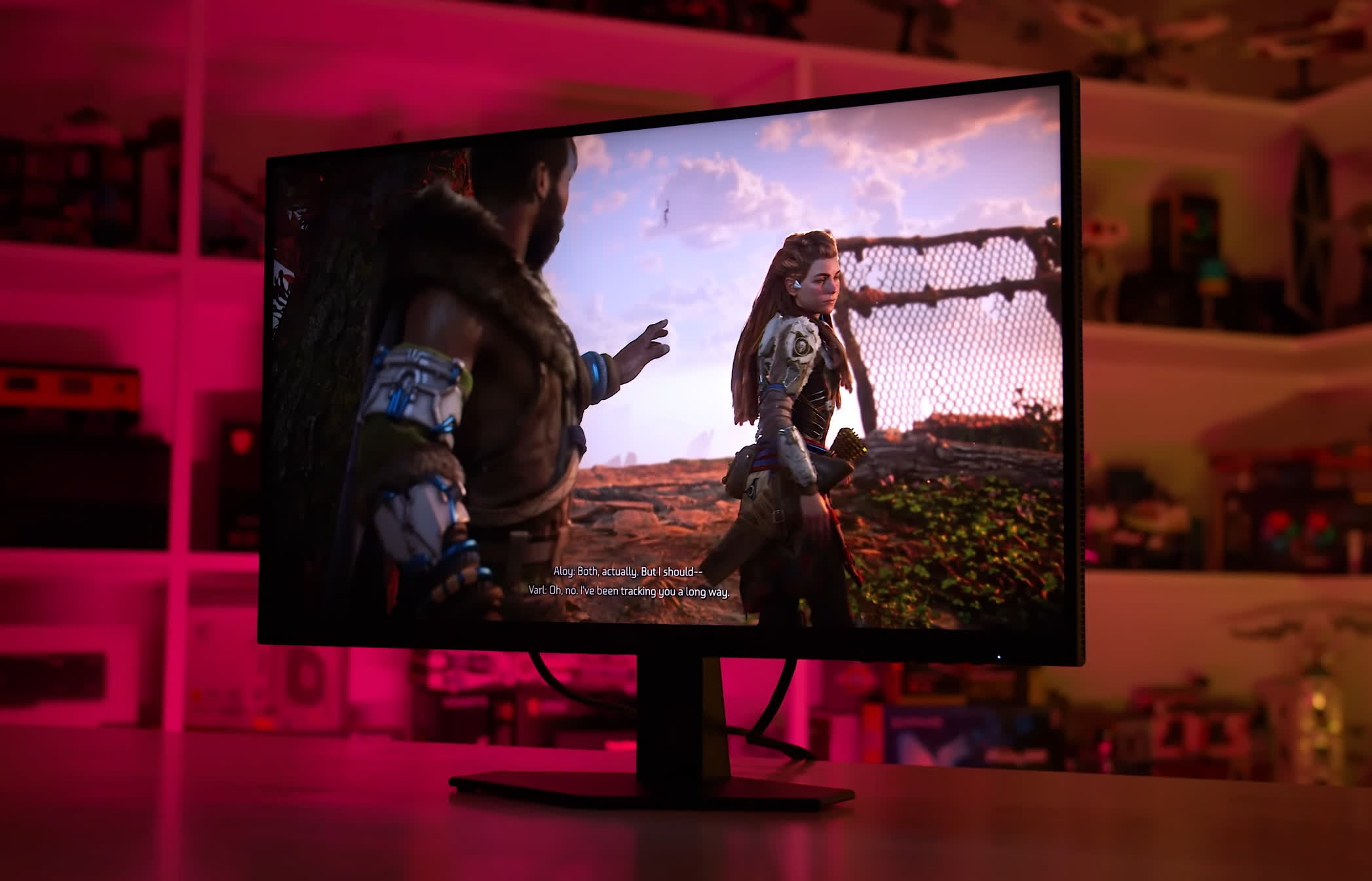
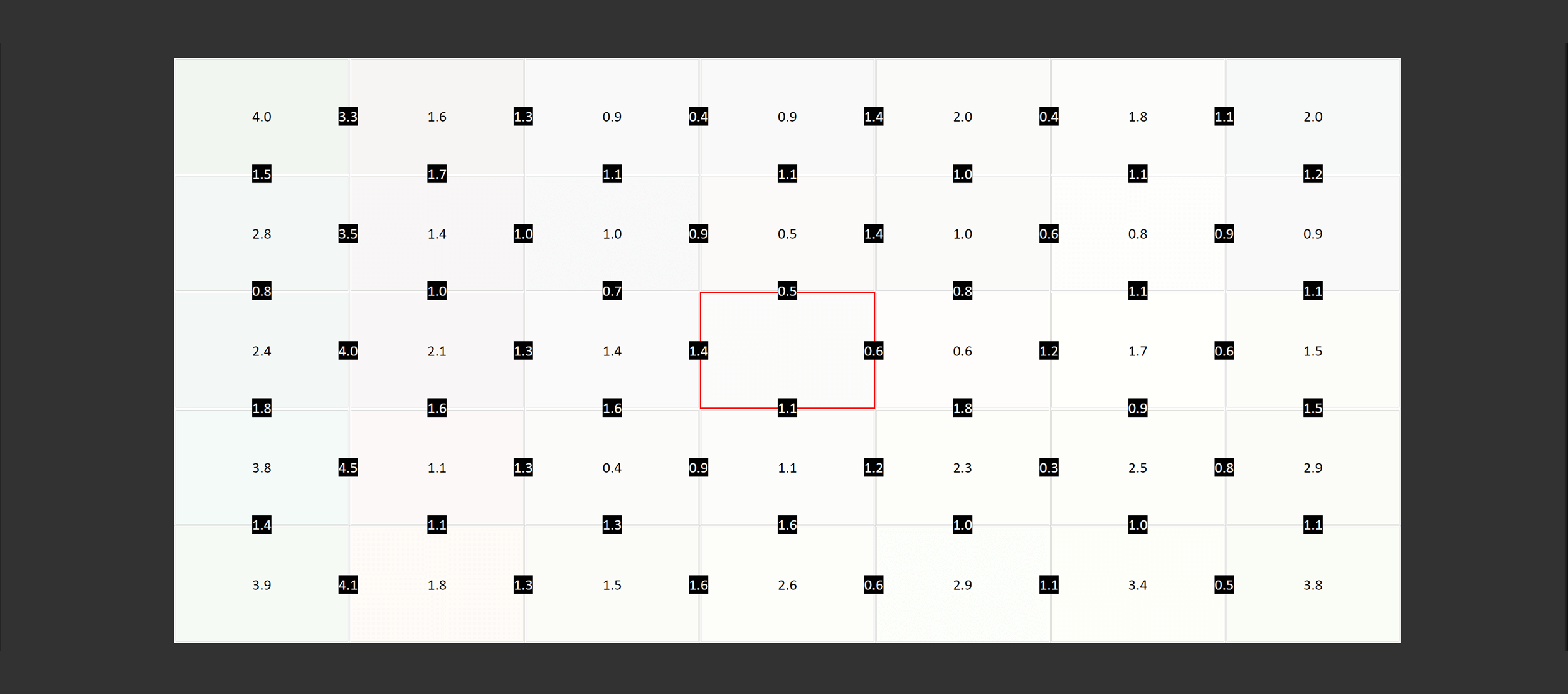
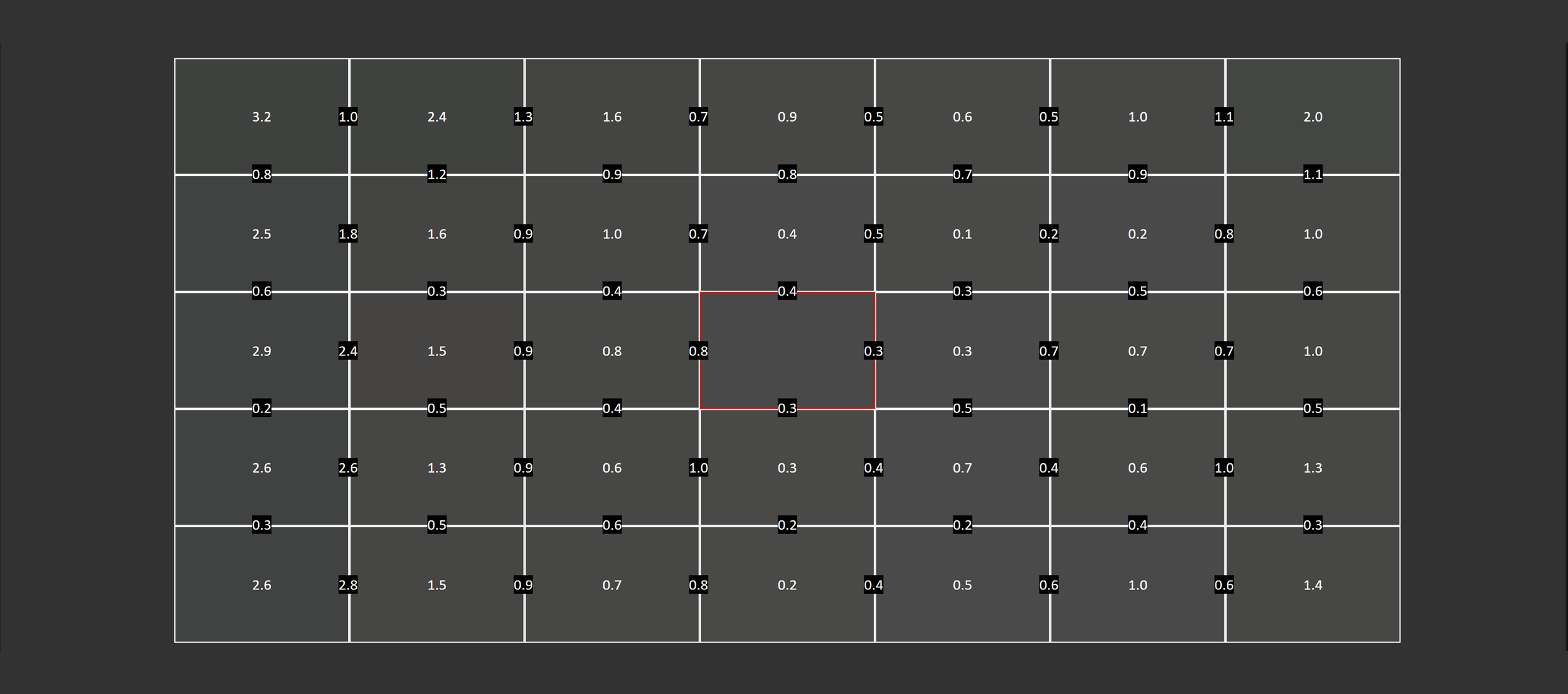
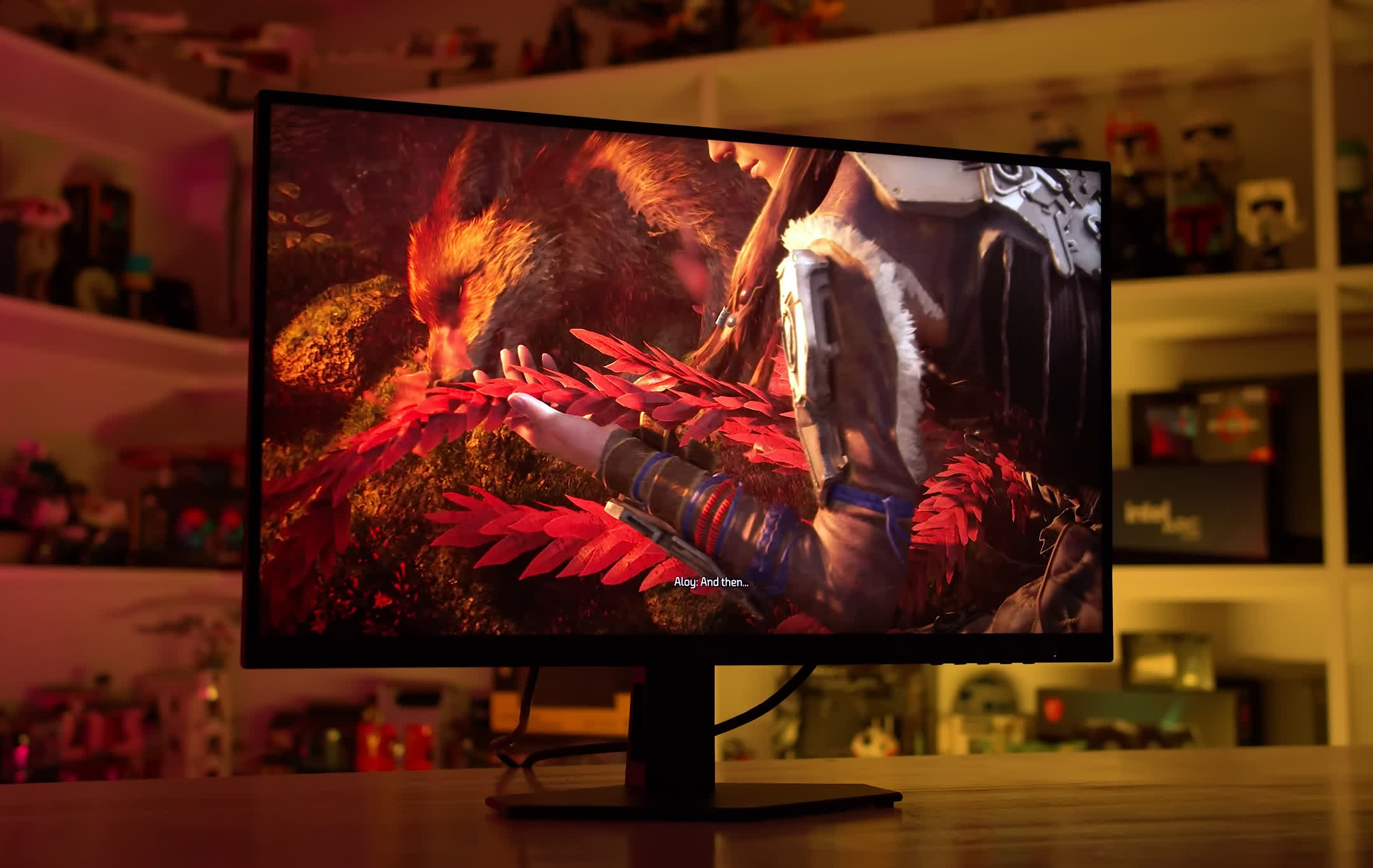
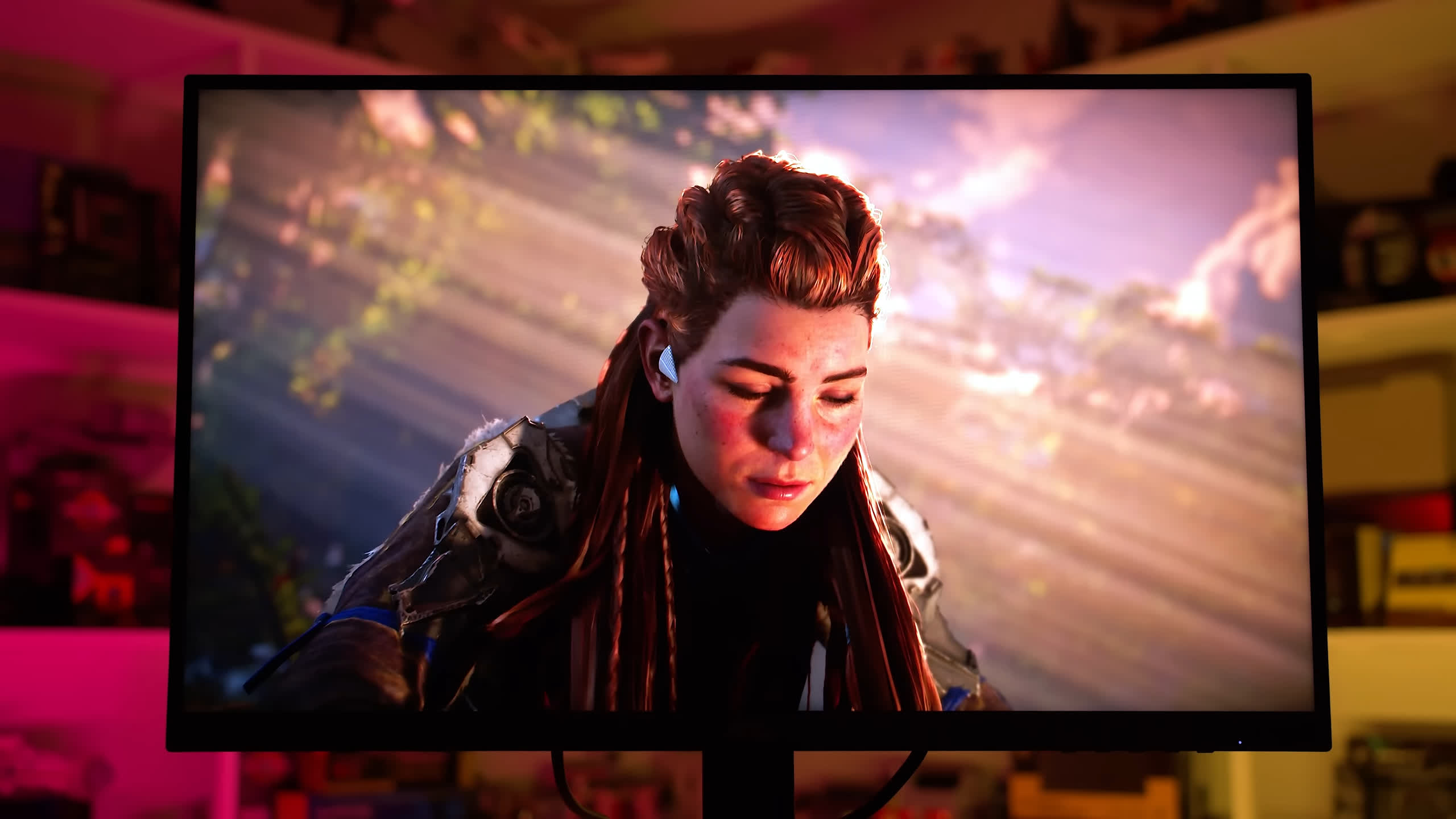
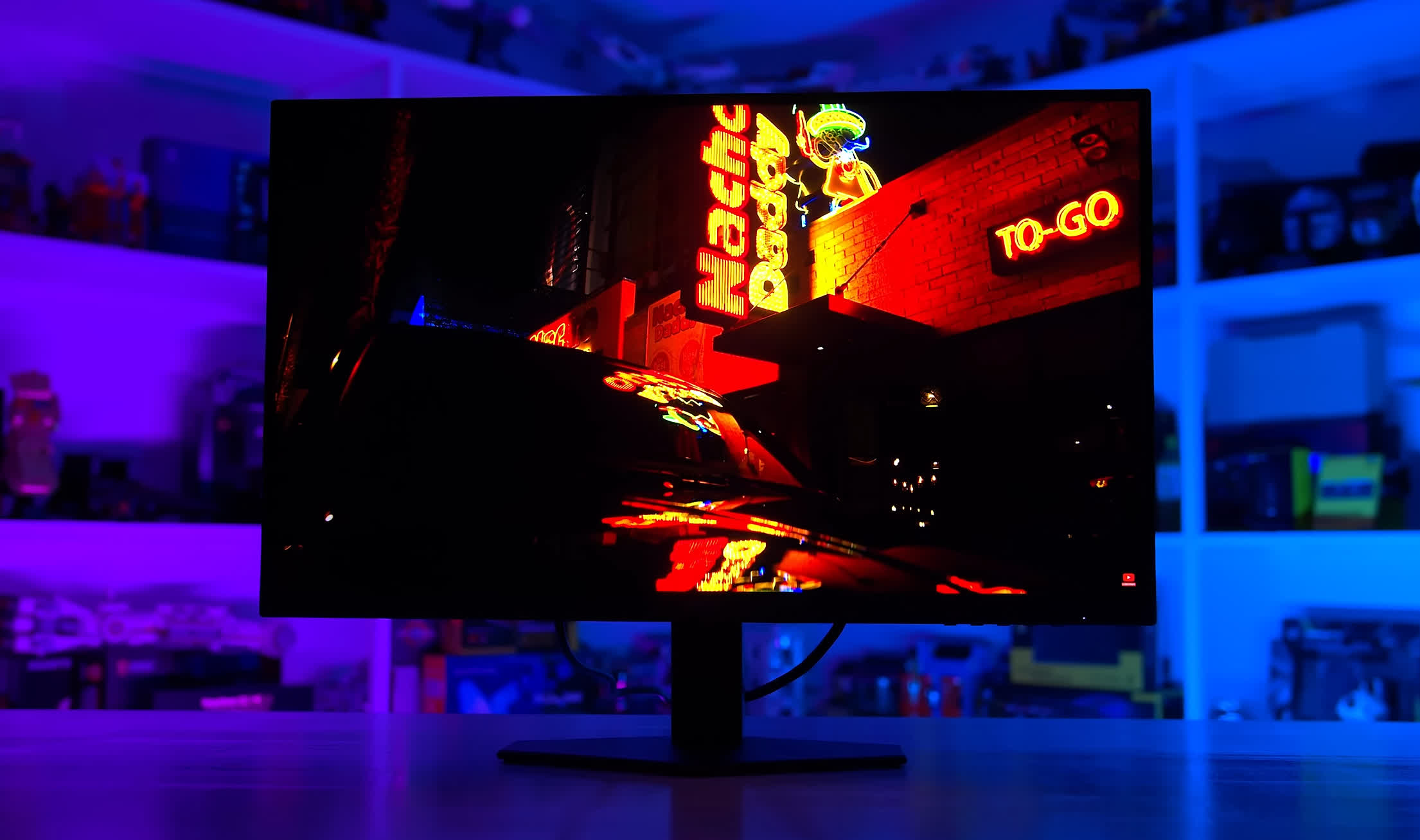
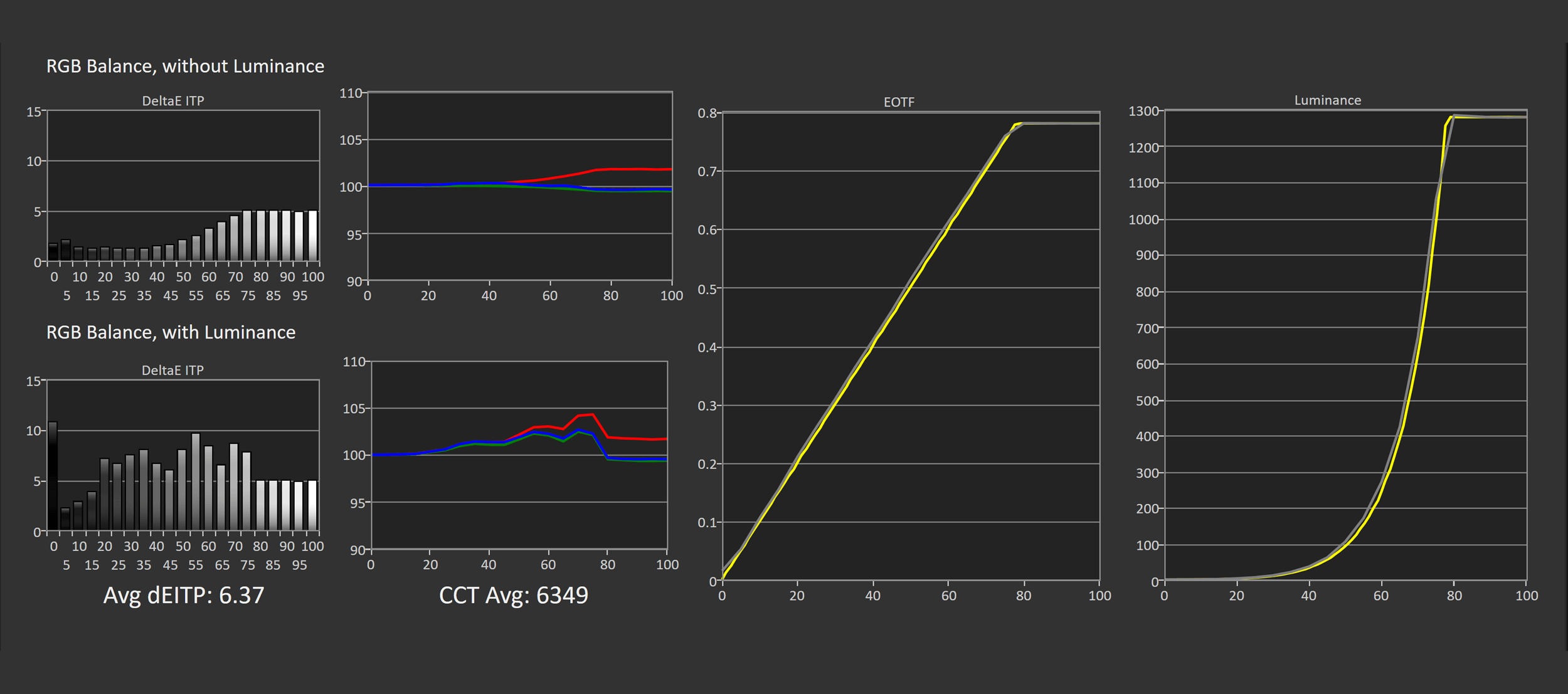
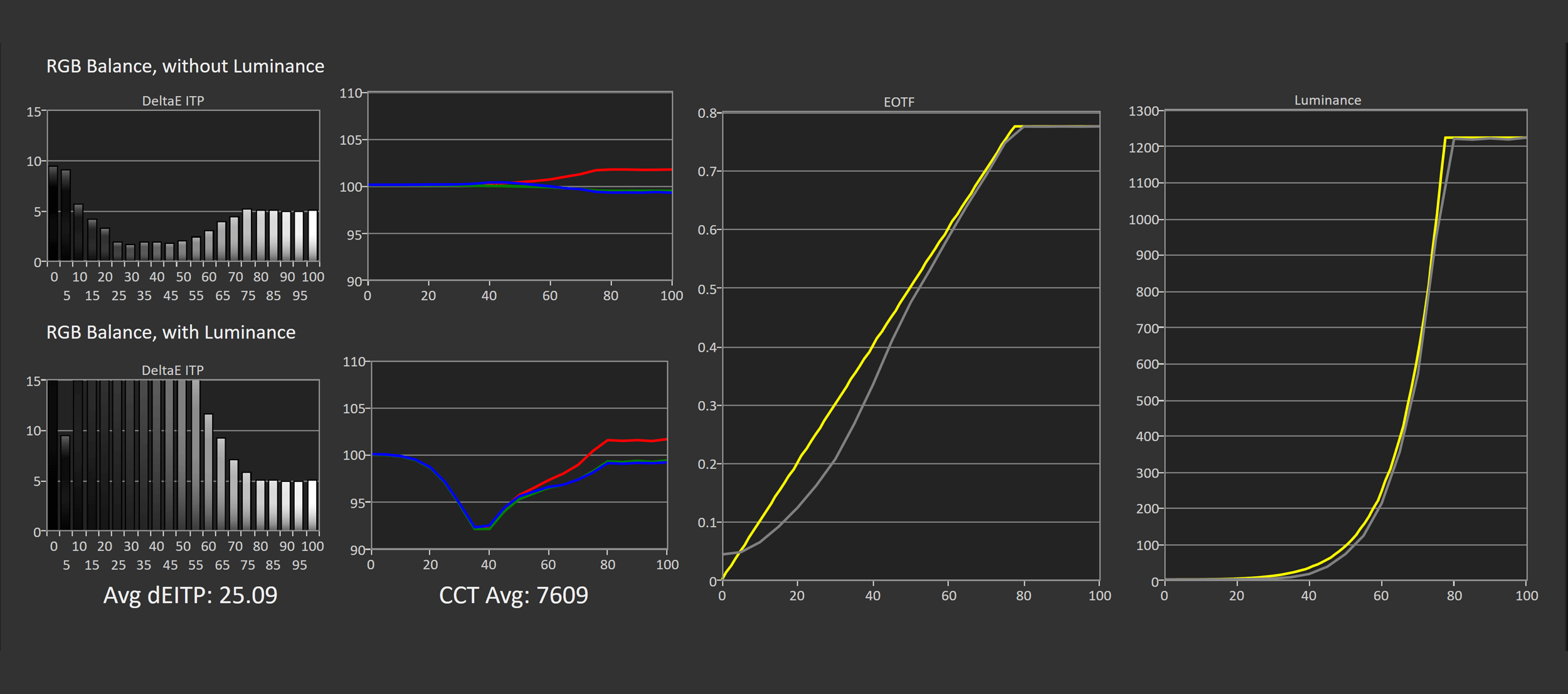
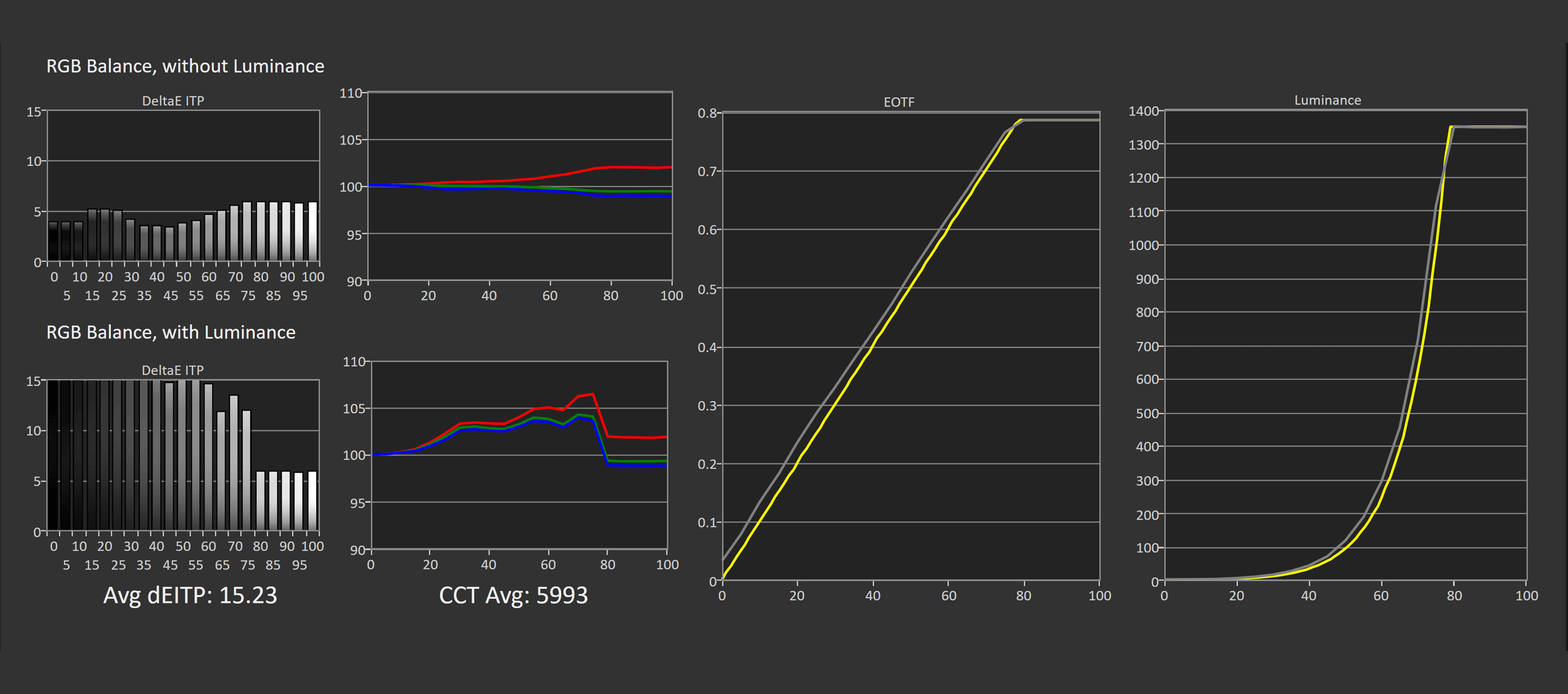
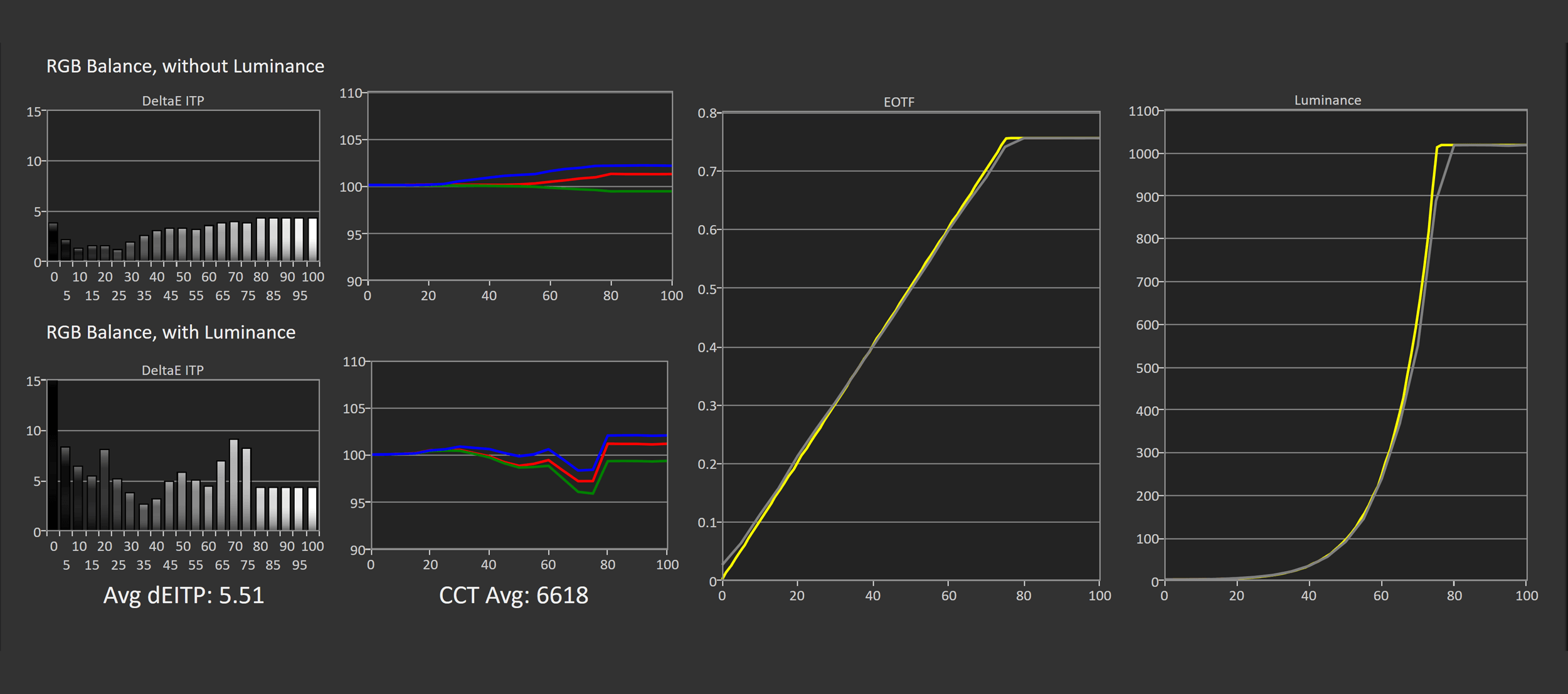
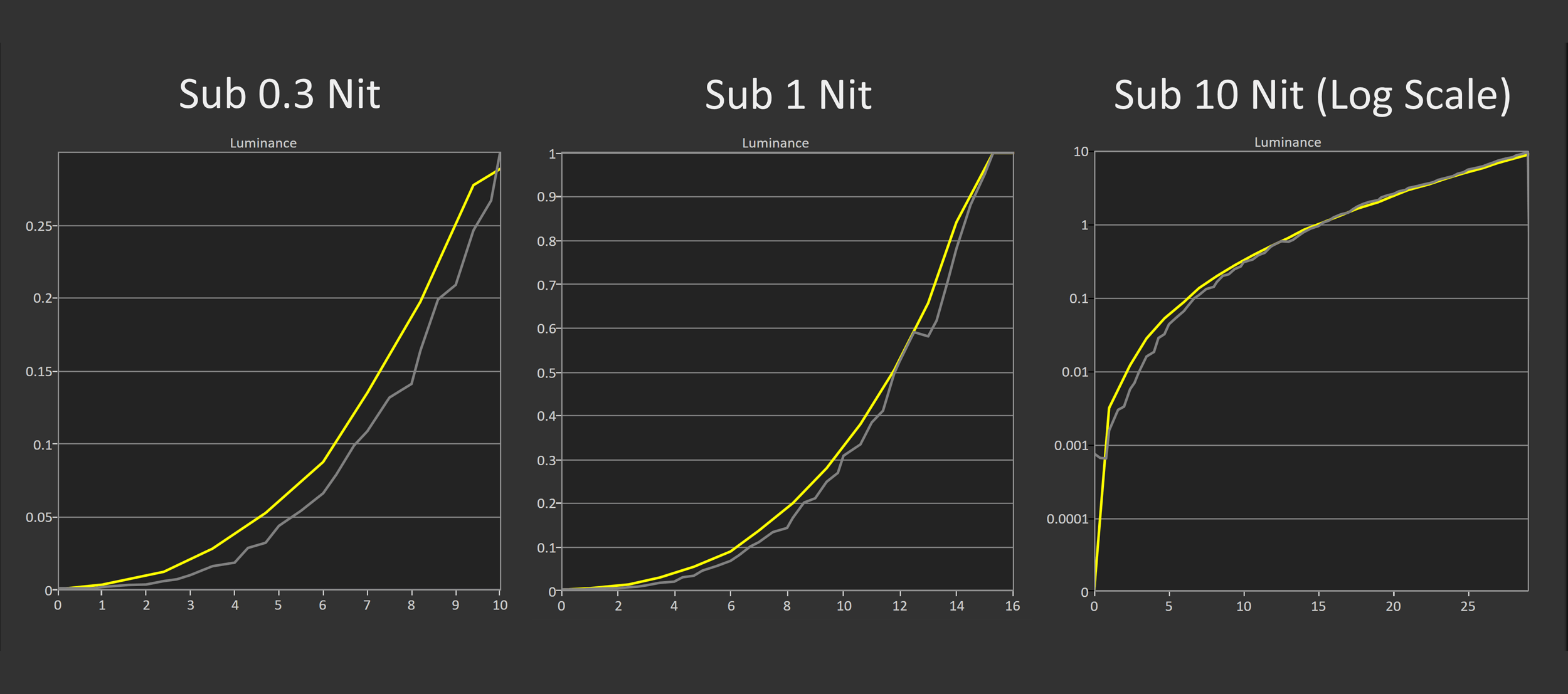


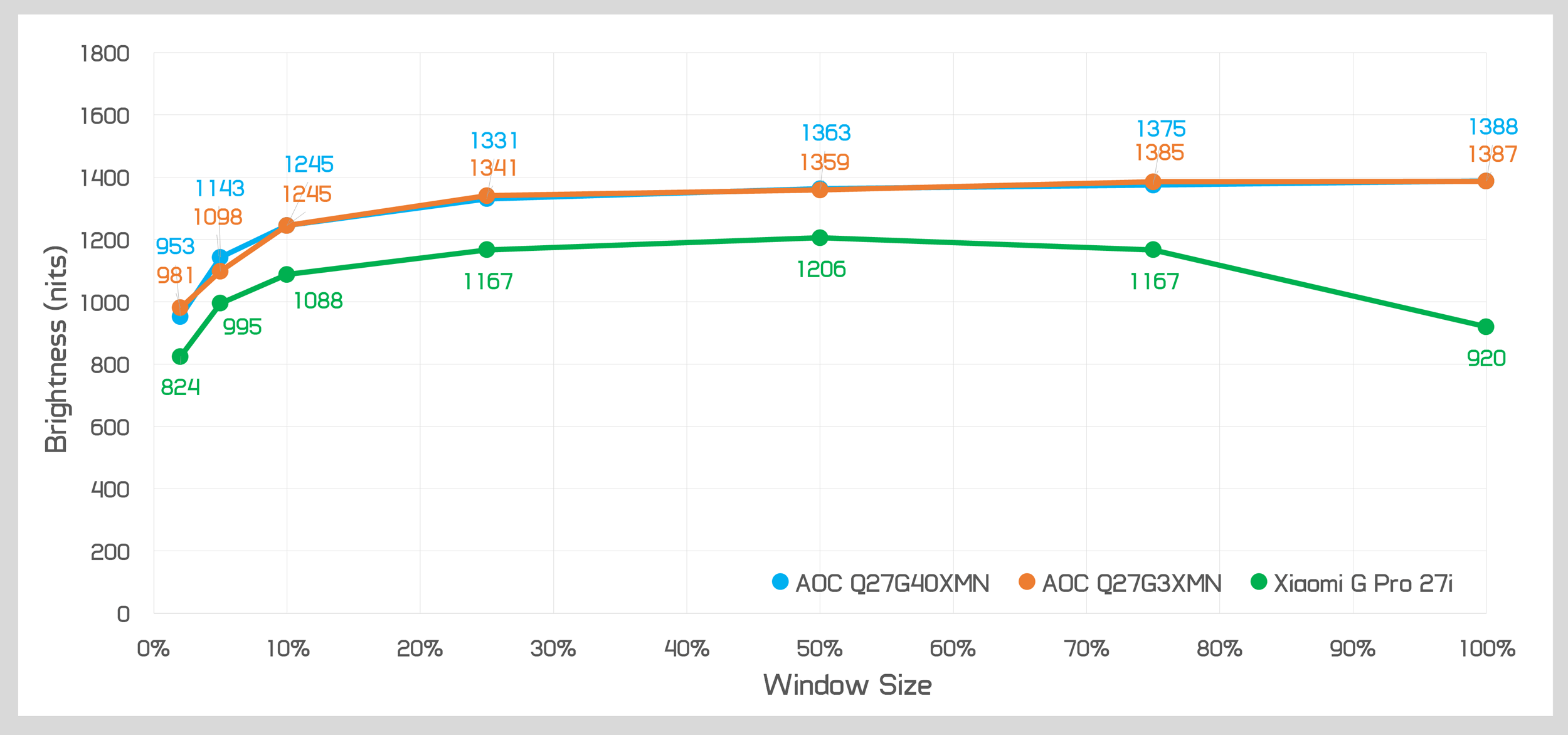
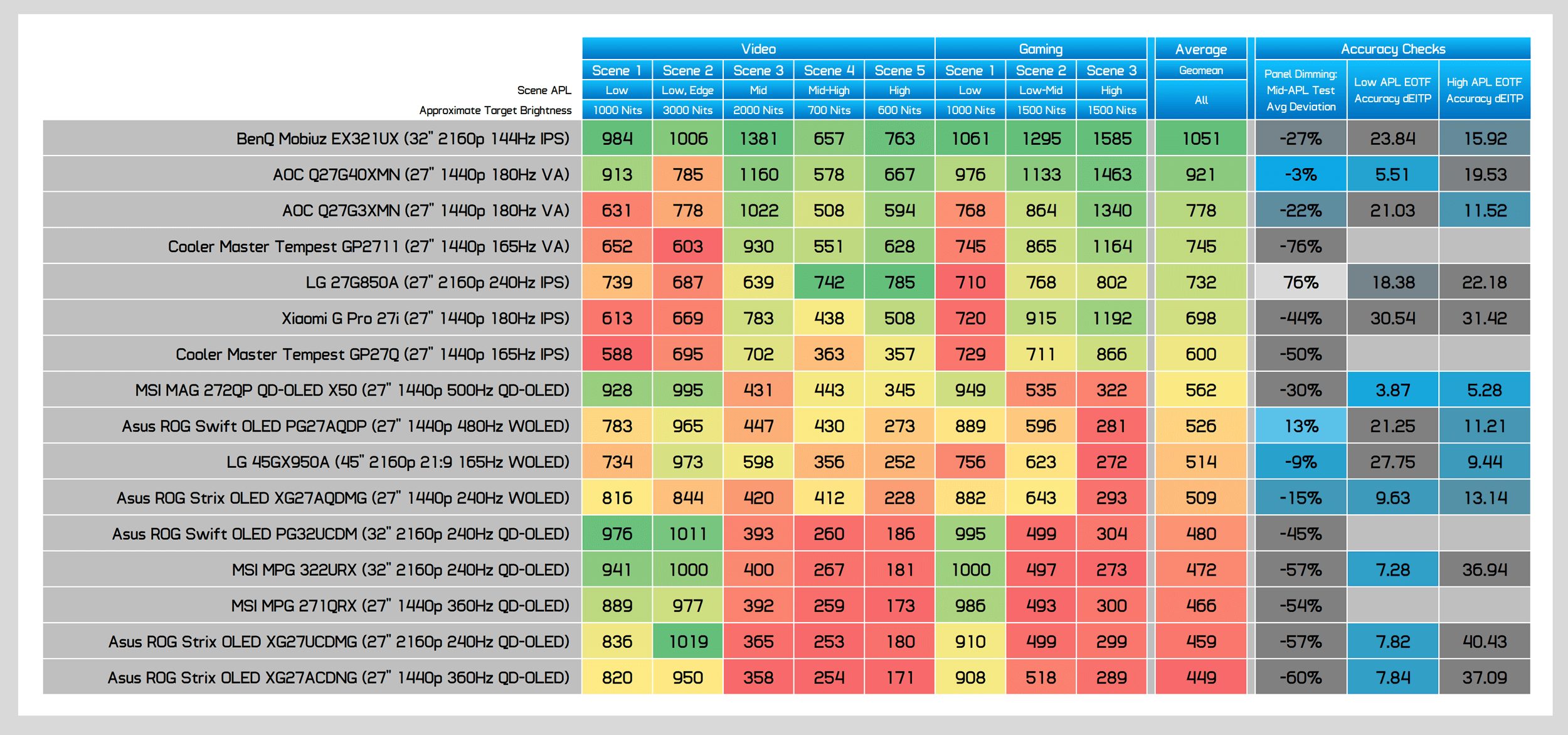






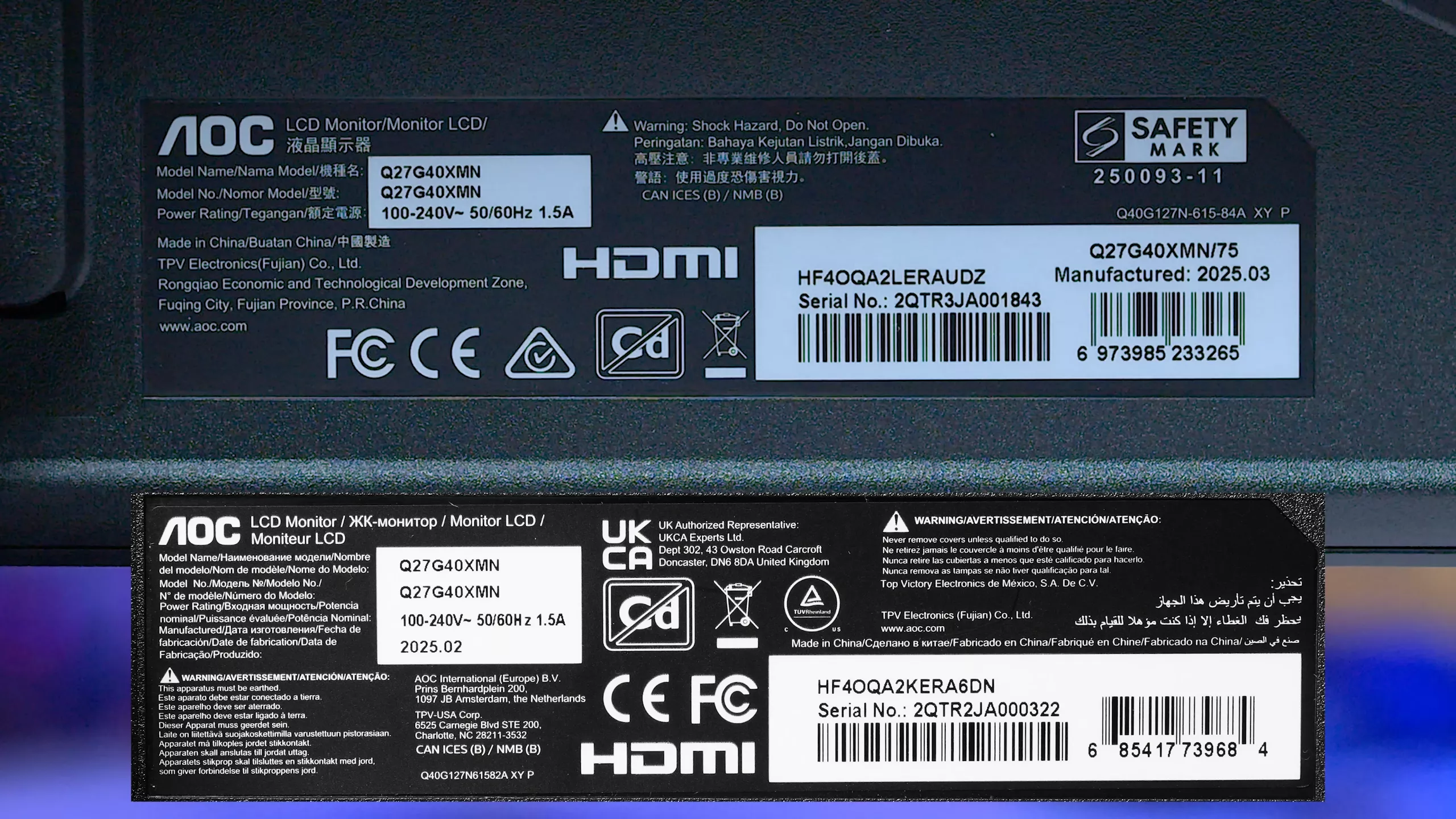
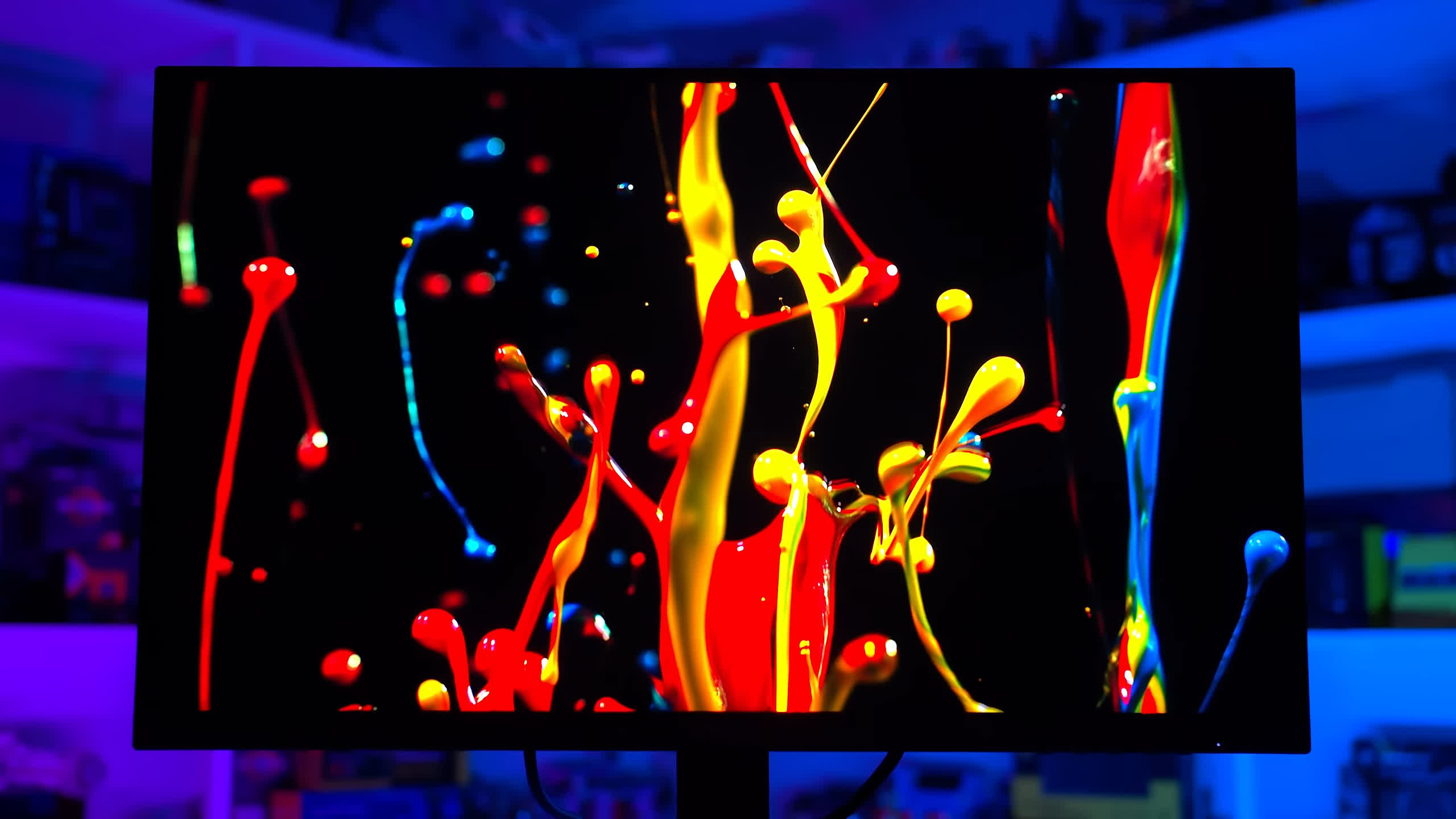
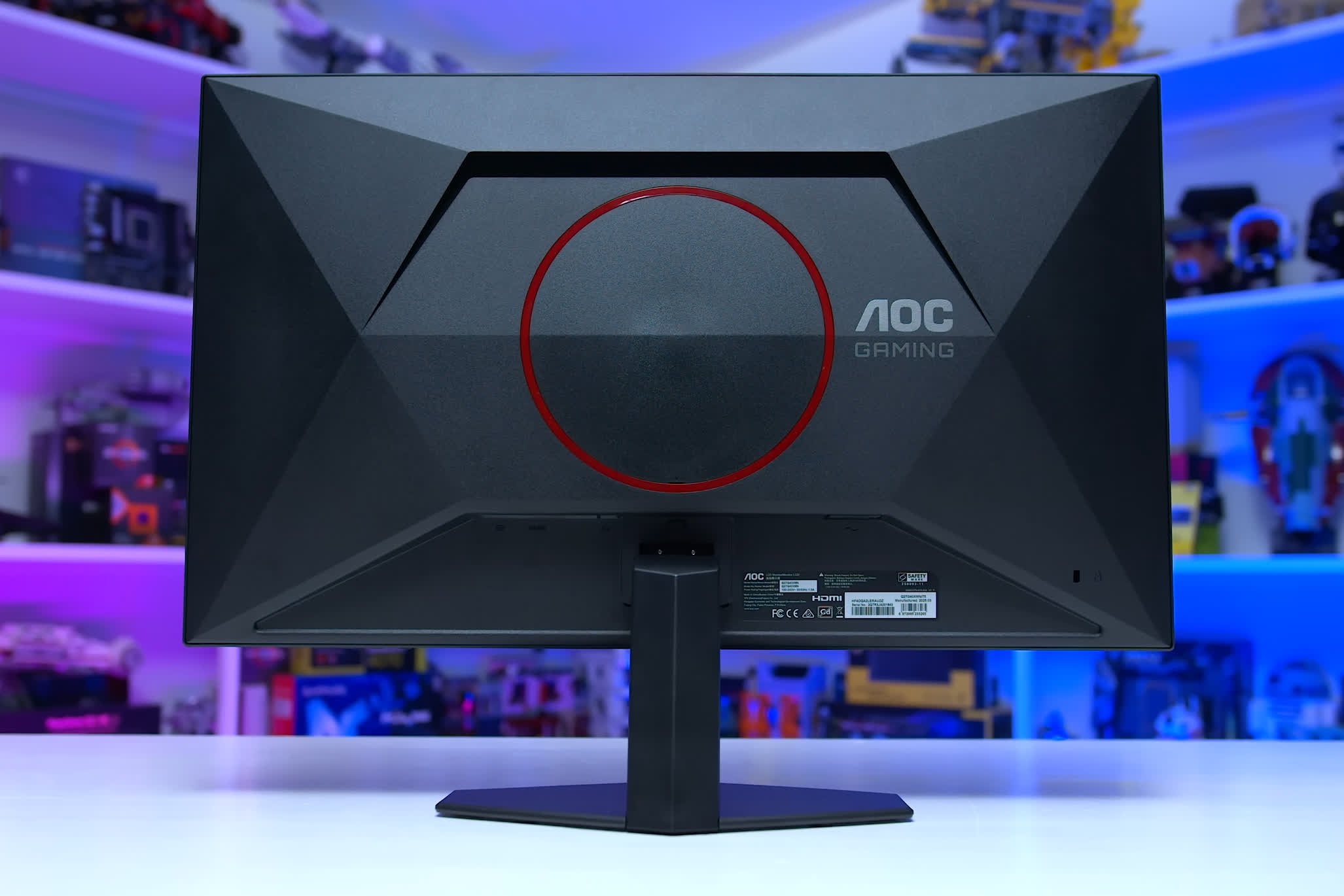
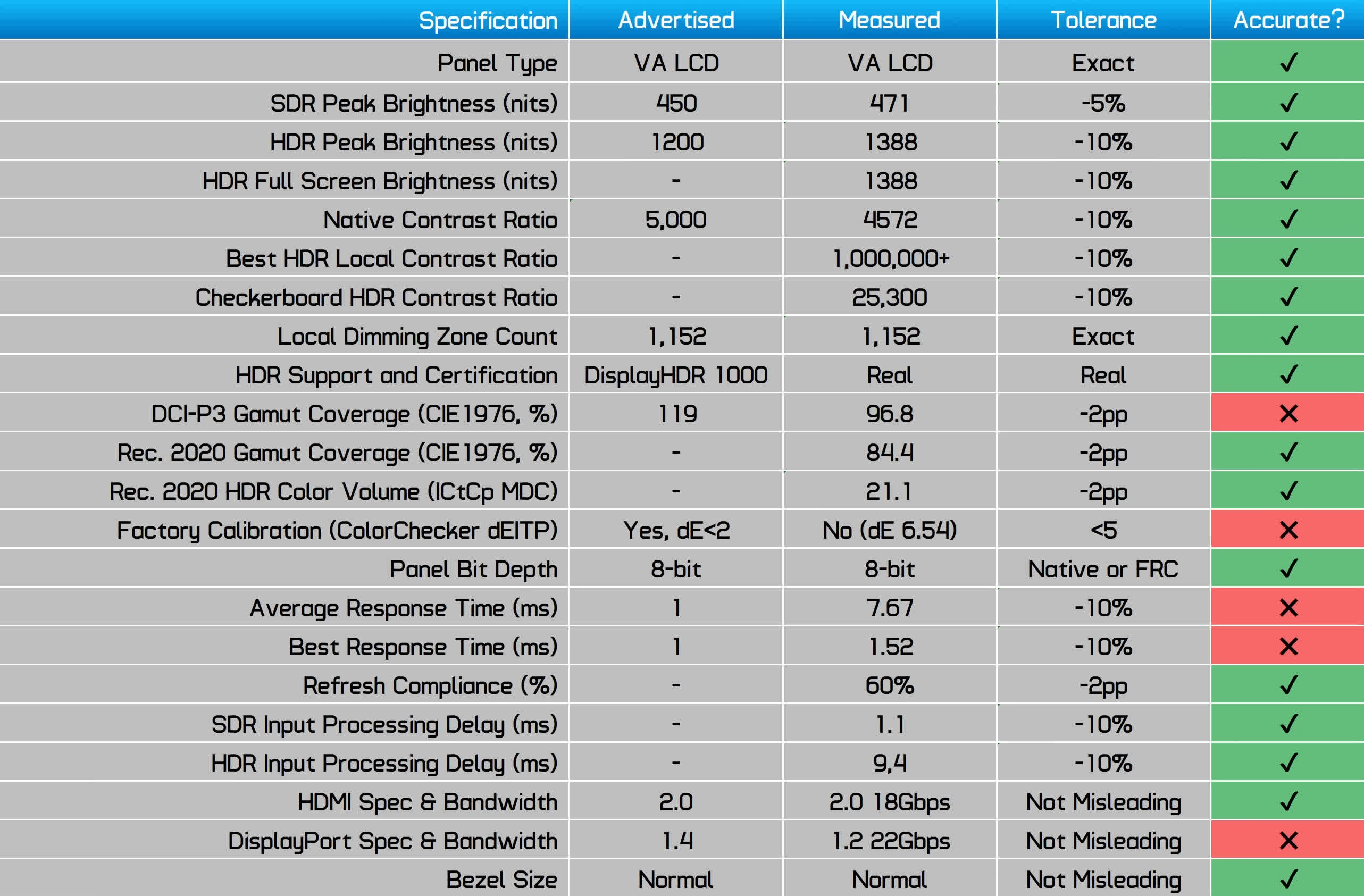

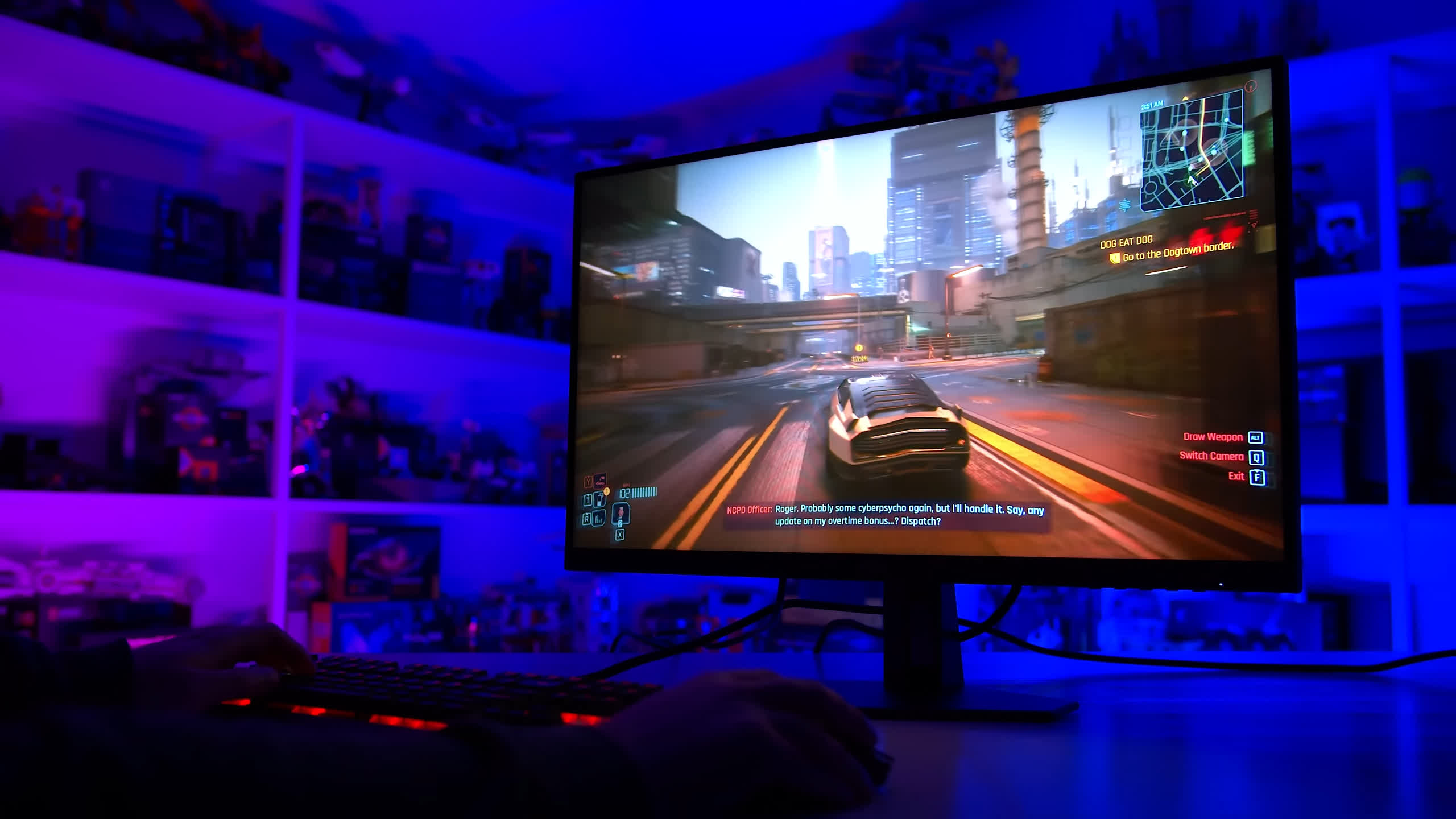
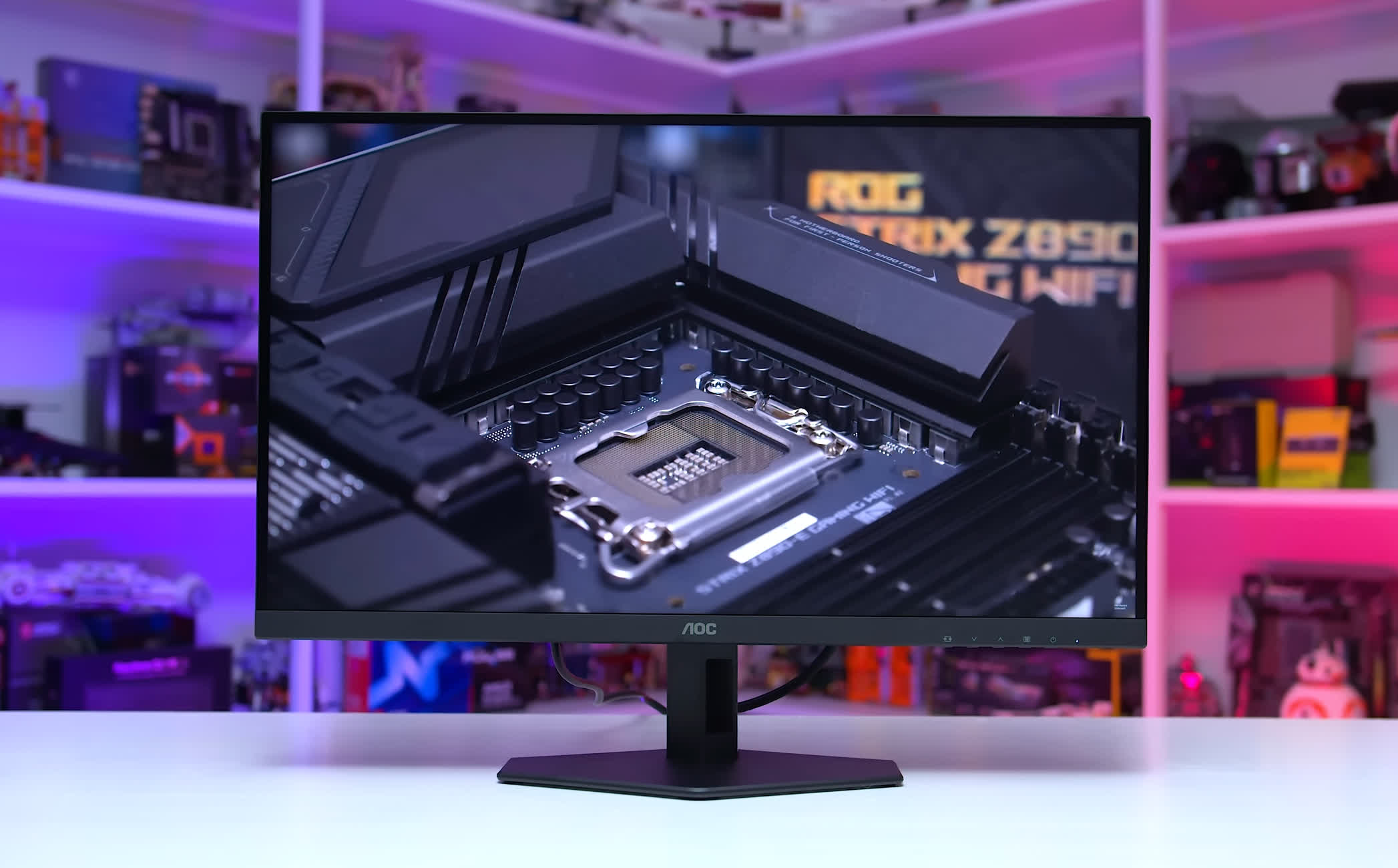
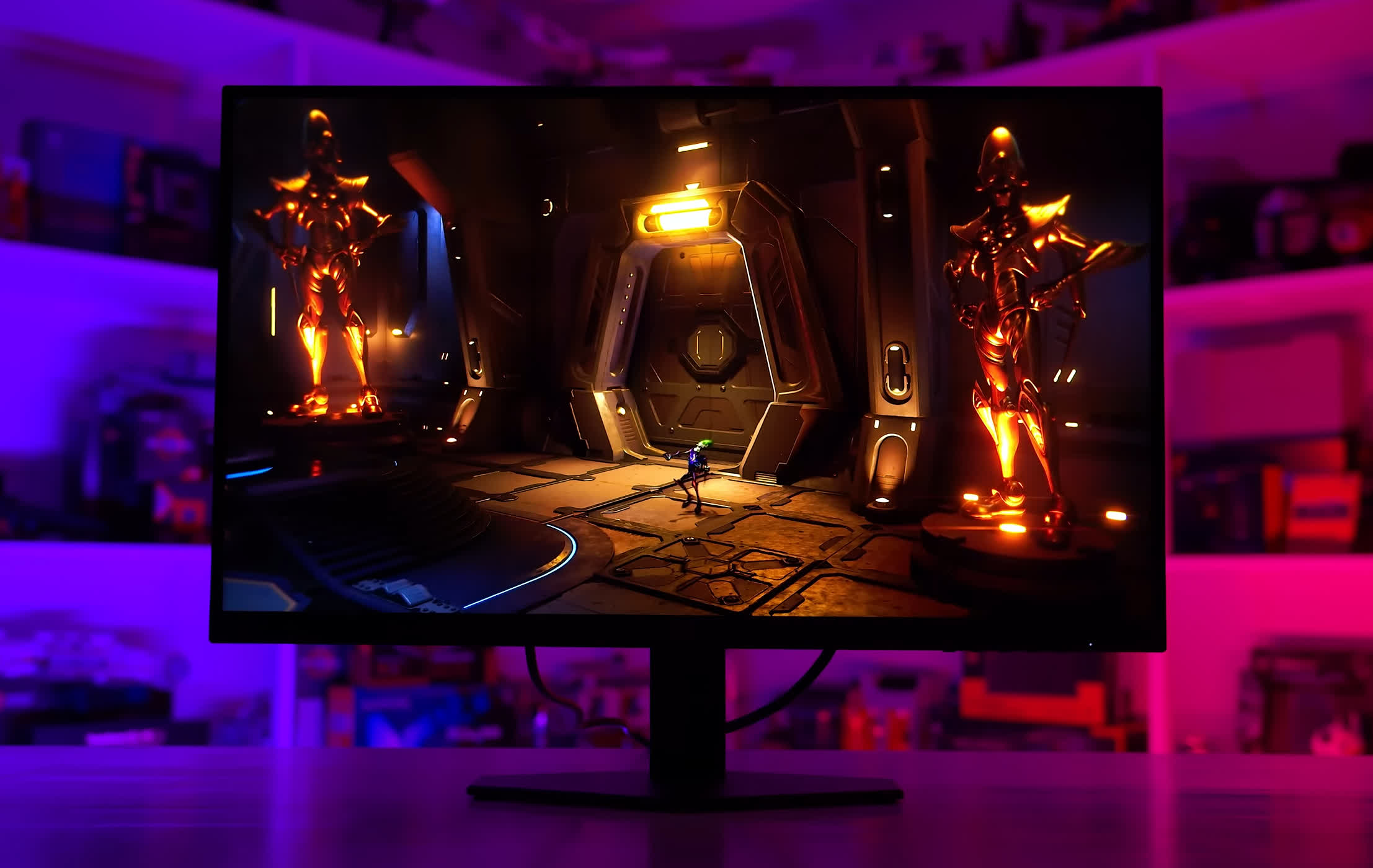

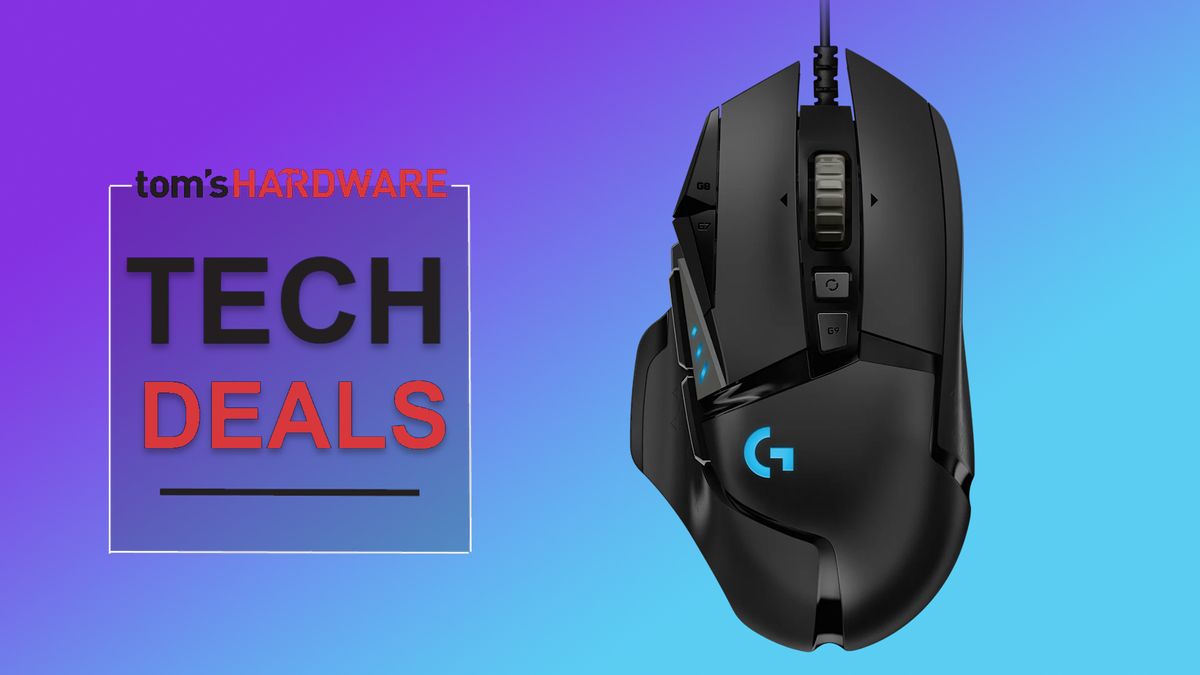

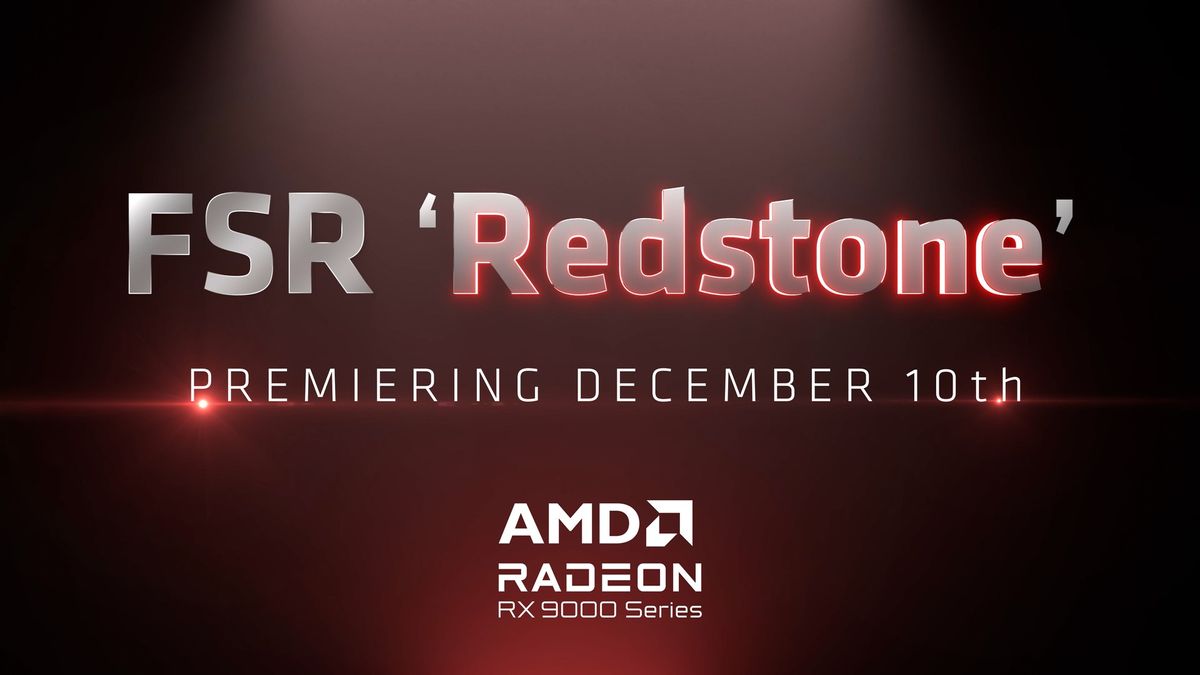


 English (US) ·
English (US) ·